Arizona and Utah
May 2013
May 2013
On May 7th we arrived at Lake Havasu, AZ. From there we ventured to the south end of the lake to Bill Williams NWR where we picked up a number of nice birds. Yellow-breasted Chat, Black-chinned Hummers, Canyon and Rock Wren, Black-throated Green and Lucy’s Warblers, Gray Catbird and Bell’s Vireo all added to the year’s list.
Yellow-breasted Chat
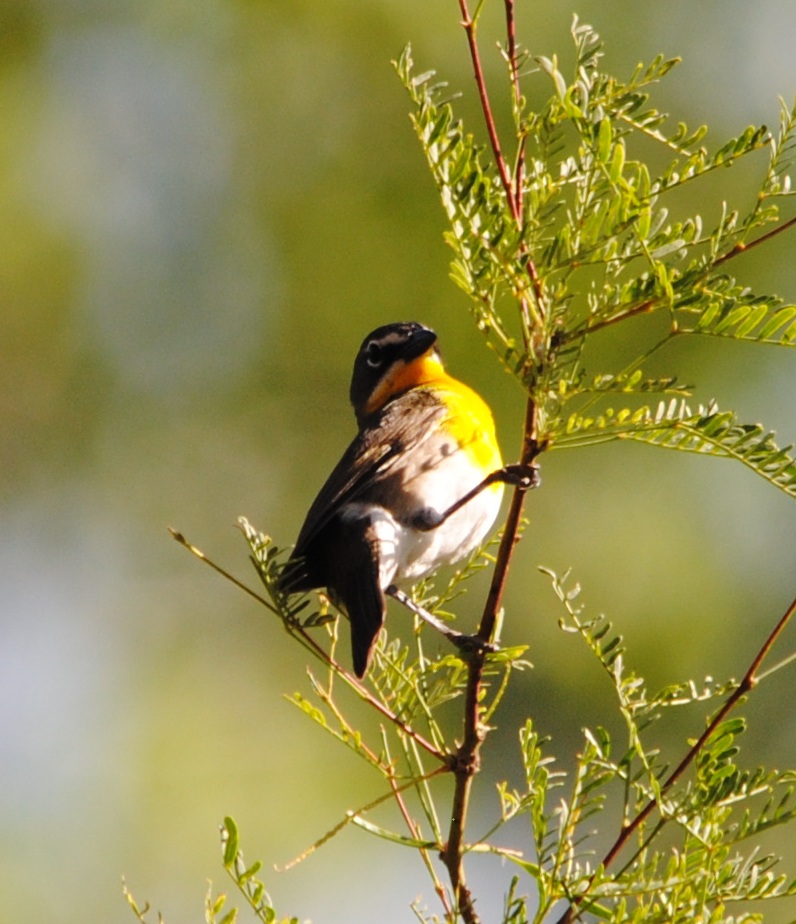
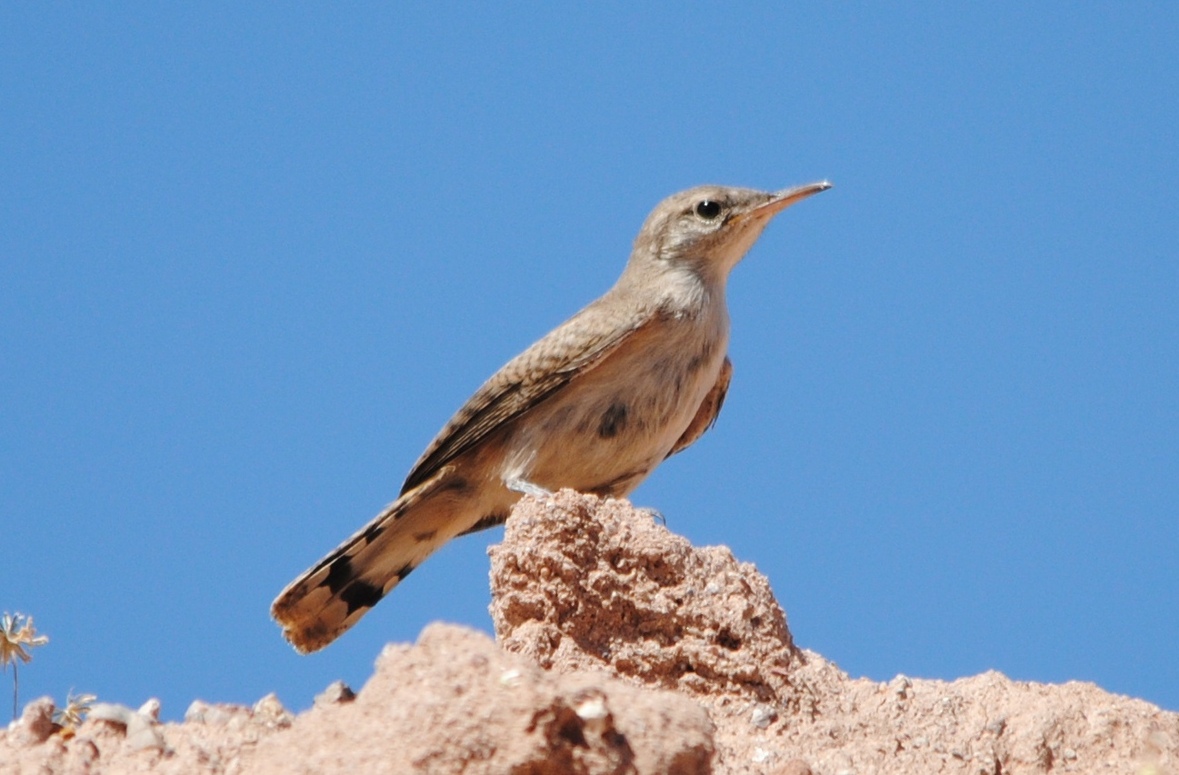
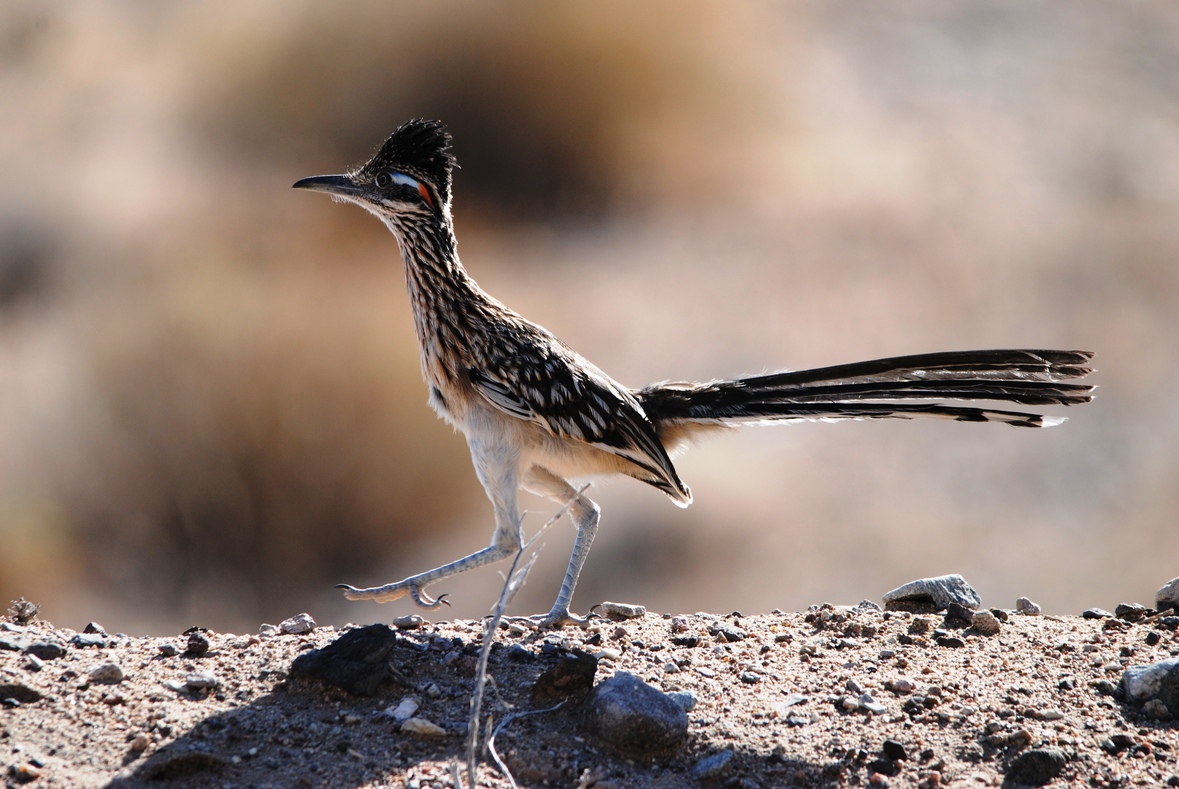
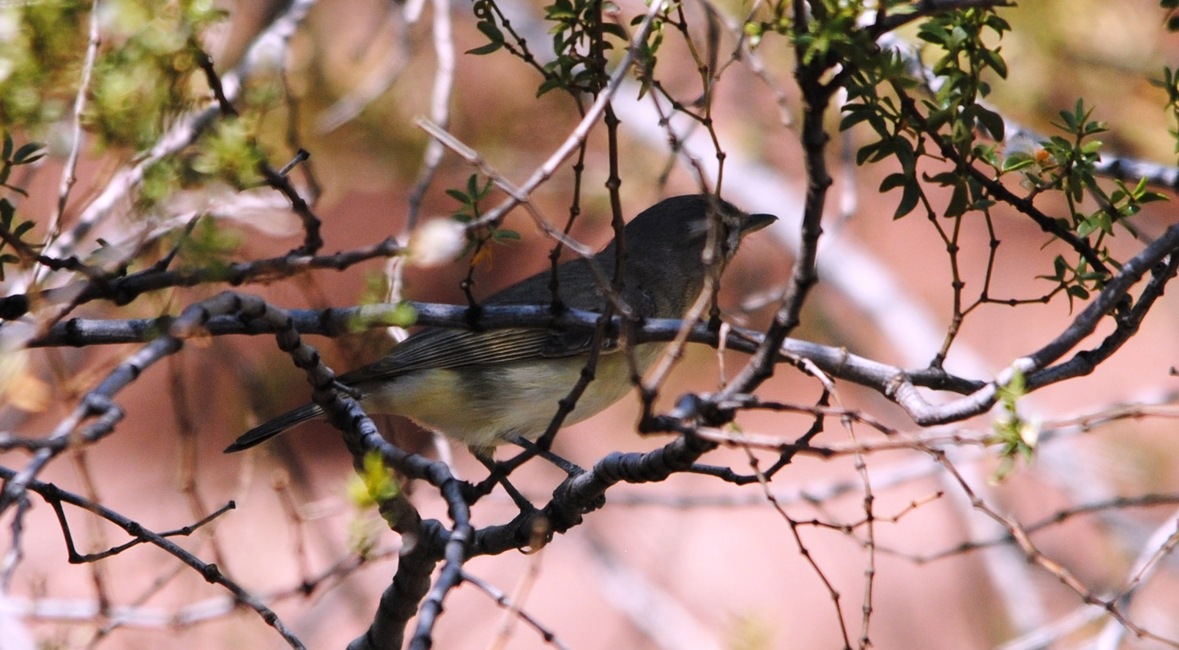
Back at Cat Tail Cove State Park on Lake Havasu the we also added Yellow Warbler, Lesser Nighthawk and our first White-winged Doves of the year.
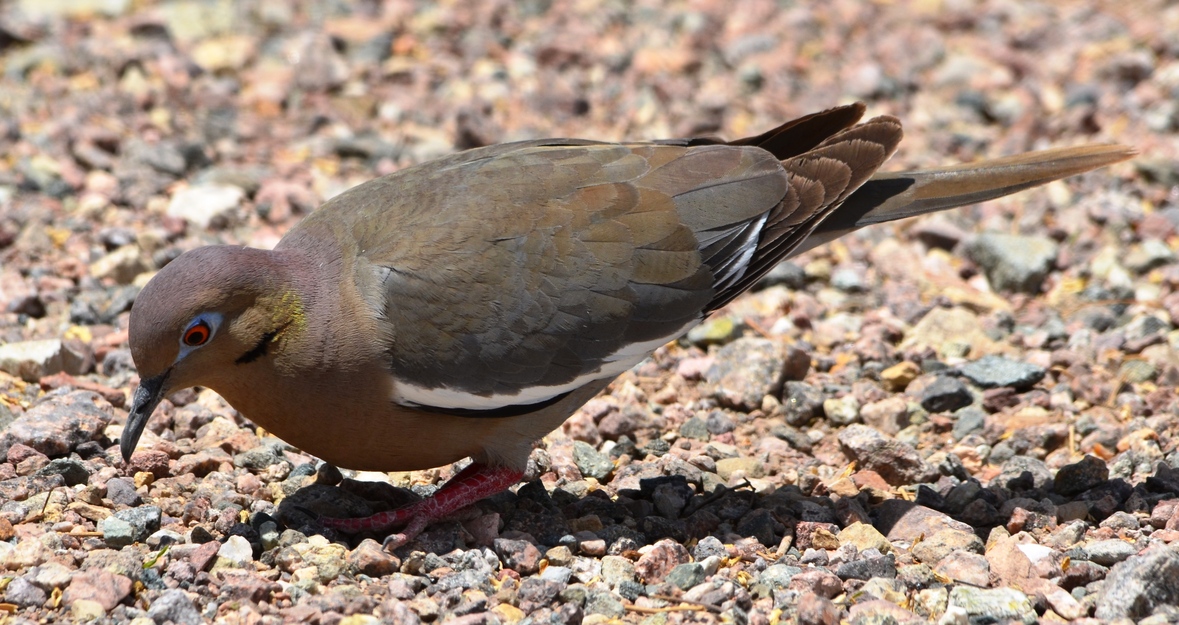
Next up was one of our fav’s. Zion National Park, UT where one of my good college buddies joined us for most of the week. If you haven’t visited this lesser known Park, put it on your bucket list. And be sure to hike up to Angels’ Landing for spectacular views up and down the valley as well as up “The Narrows” of the Virgin River where the last several miles you actually hike in the river. The 1000’ tall walls of the canyon containing the river are just feet apart. See the travel pages for more. While there we saw my FOY (first of year) American Dipper darting around the rapids. Other FOY birds seen while in Zion included Western and Summer Tanager, Western Wood Pewee, and a FO2Y Juniper Titmouse.
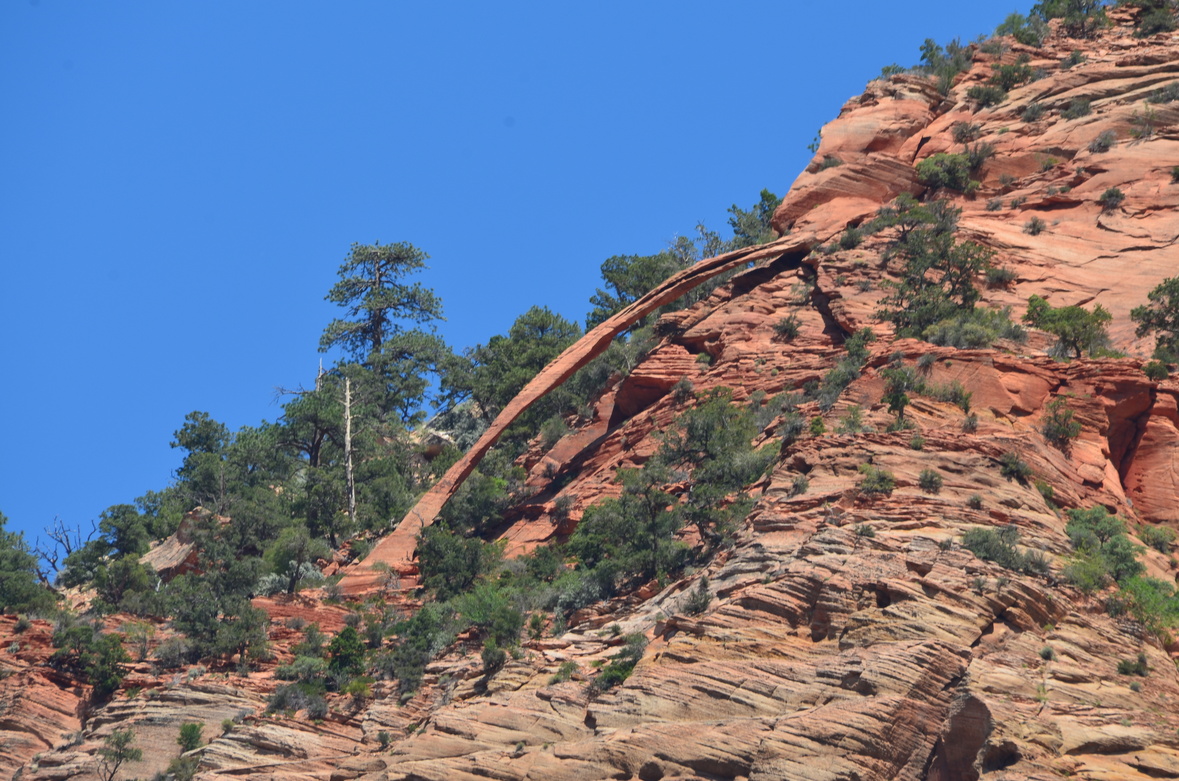
This 100' natural rock arch is just one of the spectacular features at Zion.
Antelope Island in (the middle of) Salt Lake, UT was our next destination. This unique State Park is very near Ogden and Salt Lake City. Years ago when we were there it was howling with snow. We had much better luck this time.
The Western Meadowlarks were everywhere. It was hard to miss their melodious tones. I was surprised to see Chukar here as well.
The Western Meadowlarks were everywhere. It was hard to miss their melodious tones. I was surprised to see Chukar here as well.
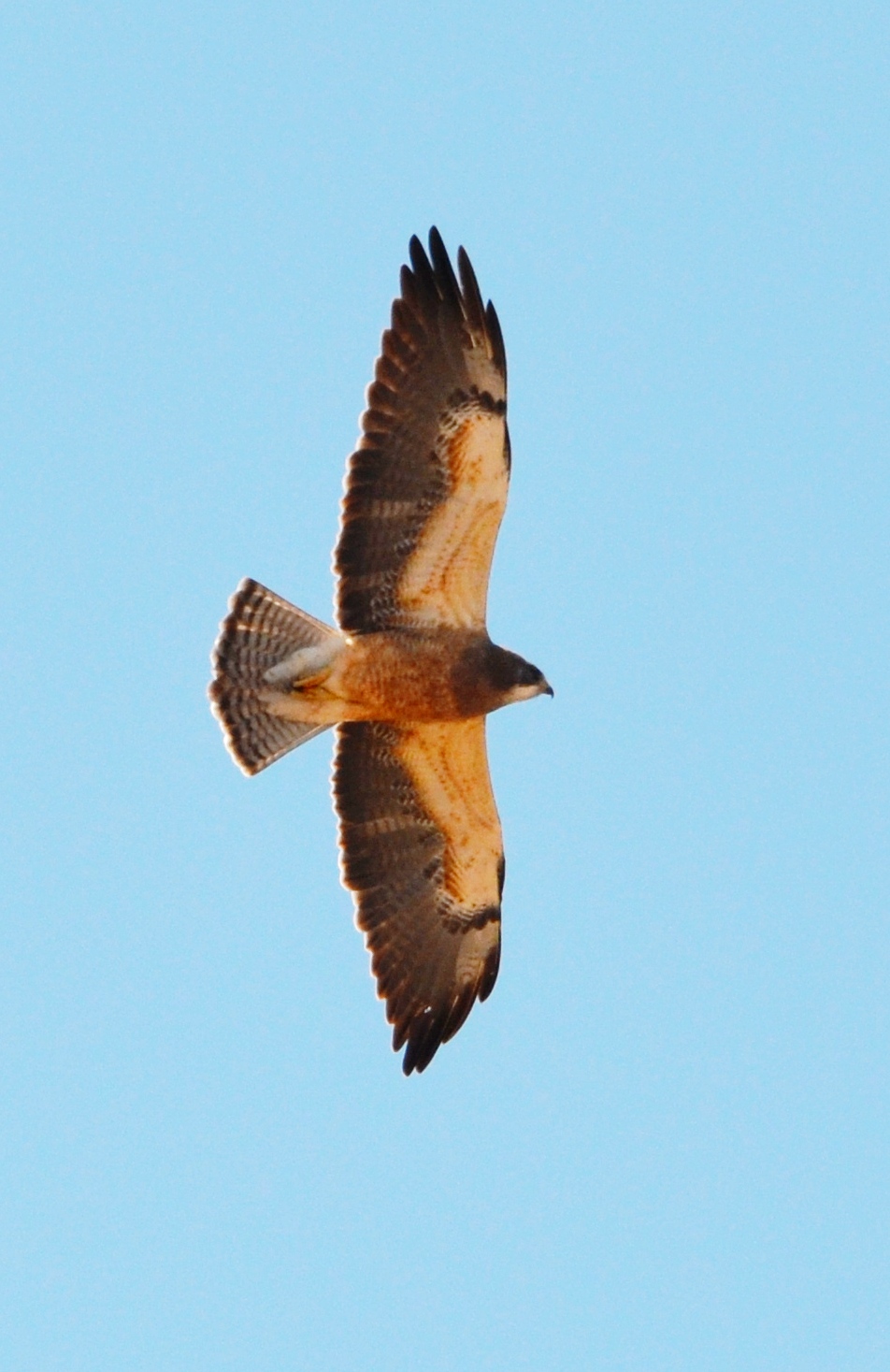
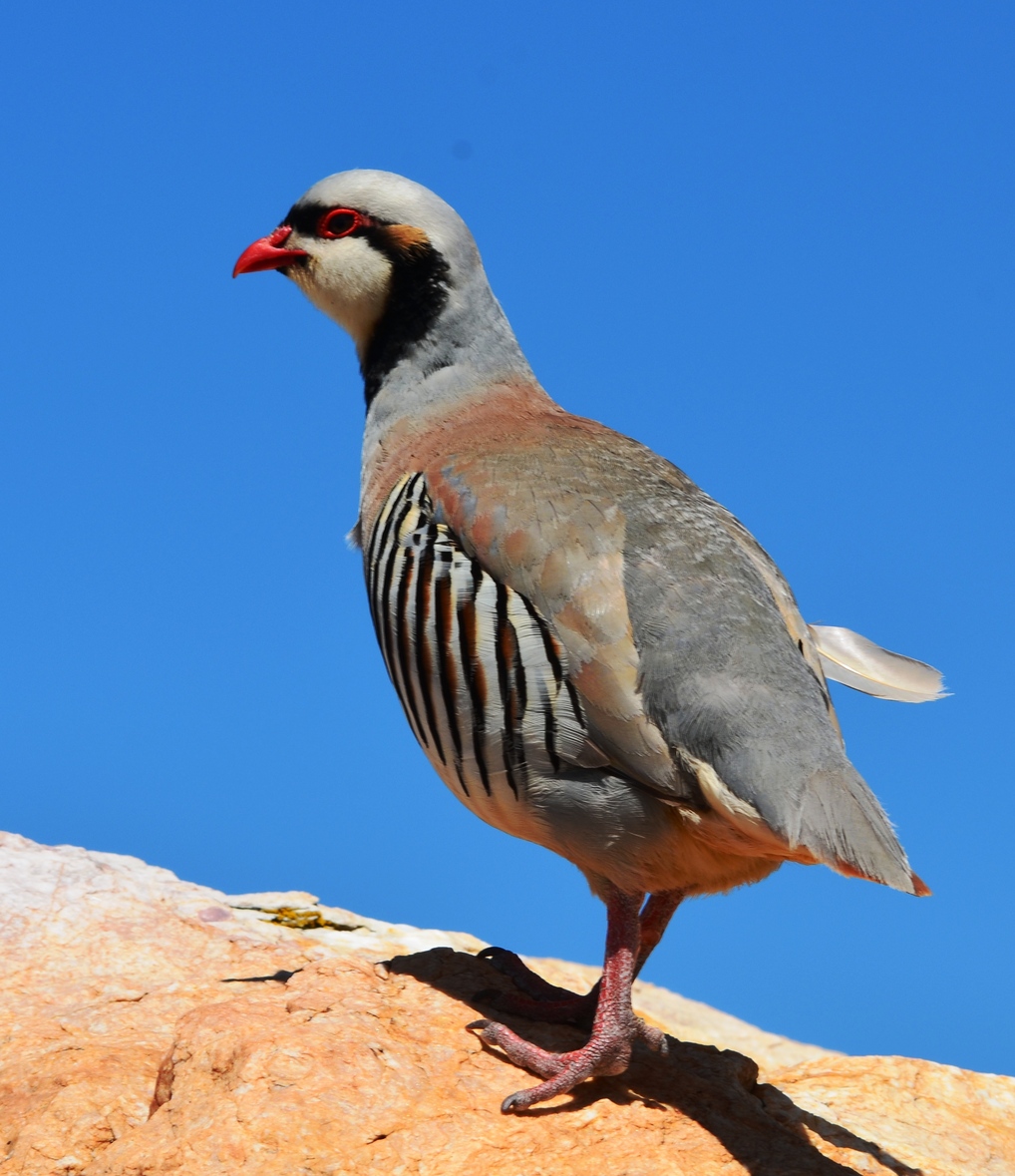
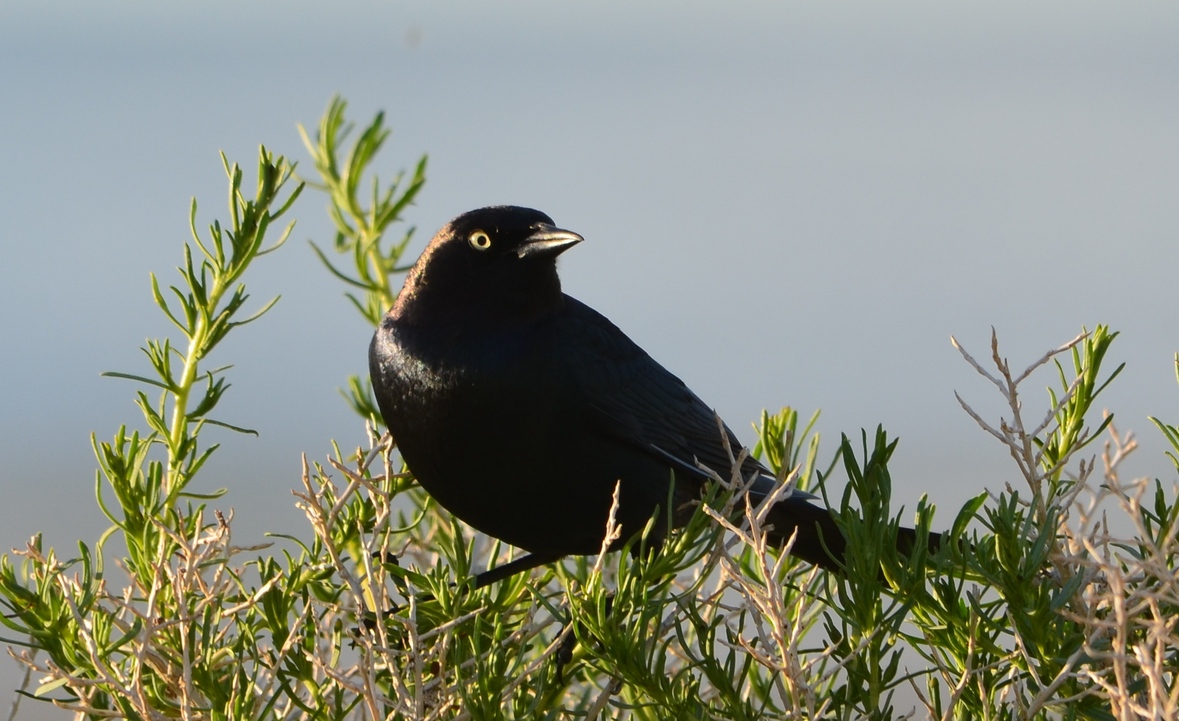
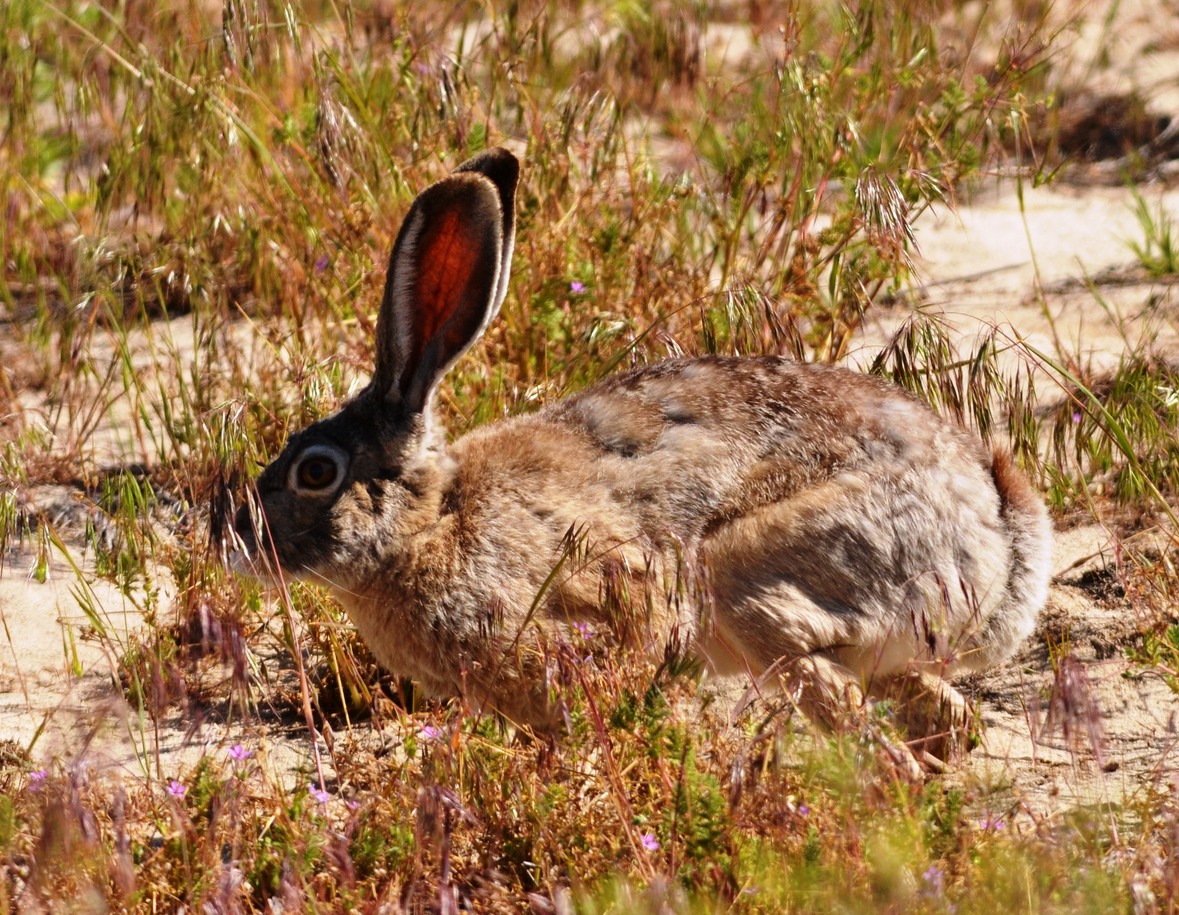
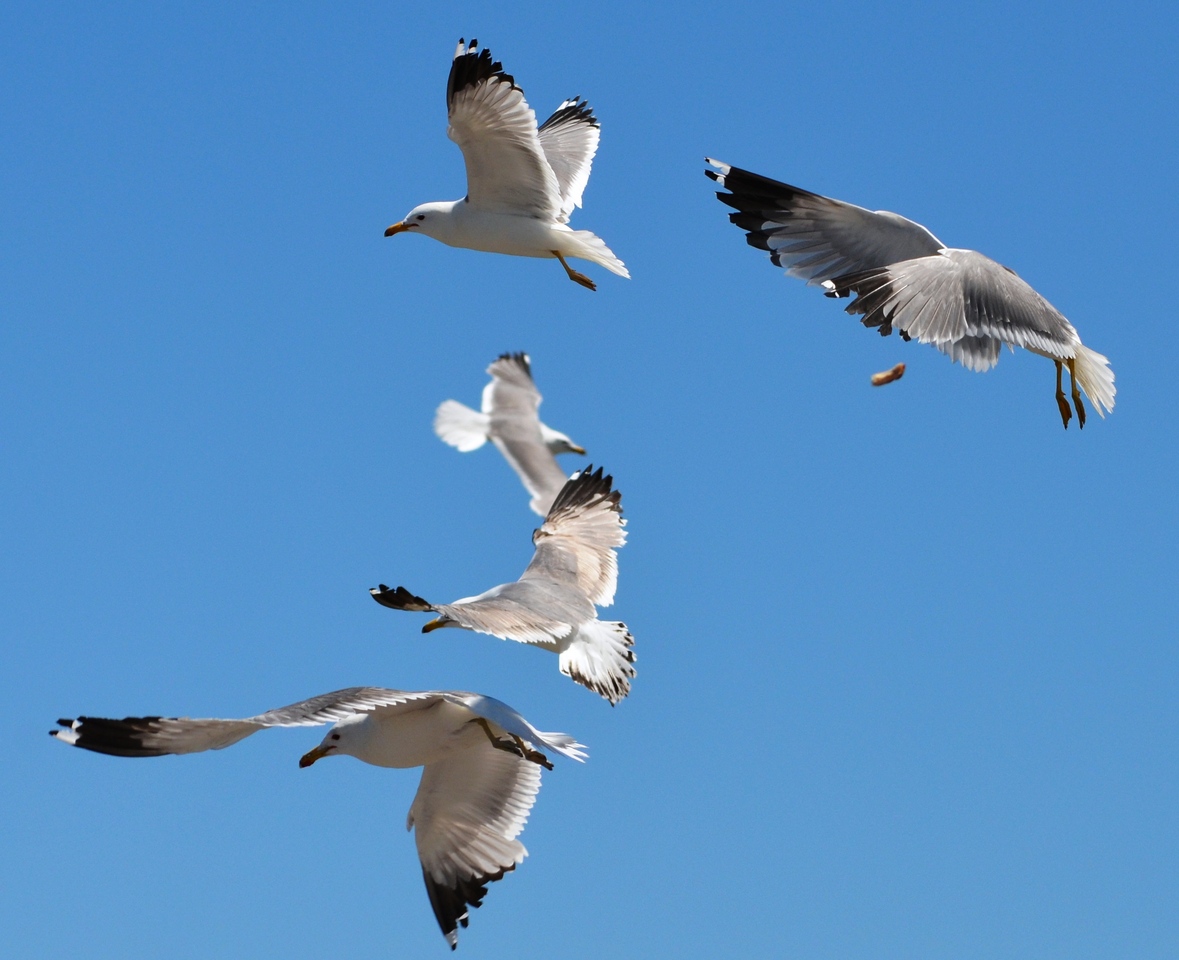
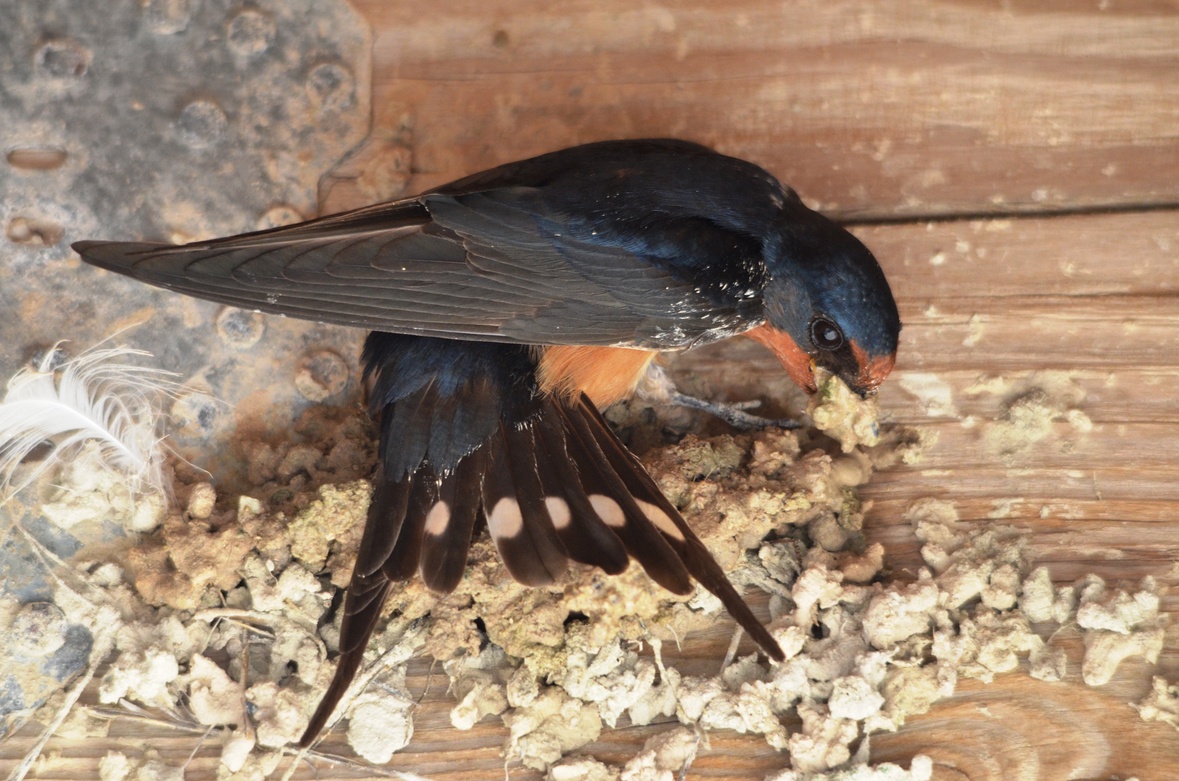
Witnessing this Barn Swallow building it's nest was quite a treat.
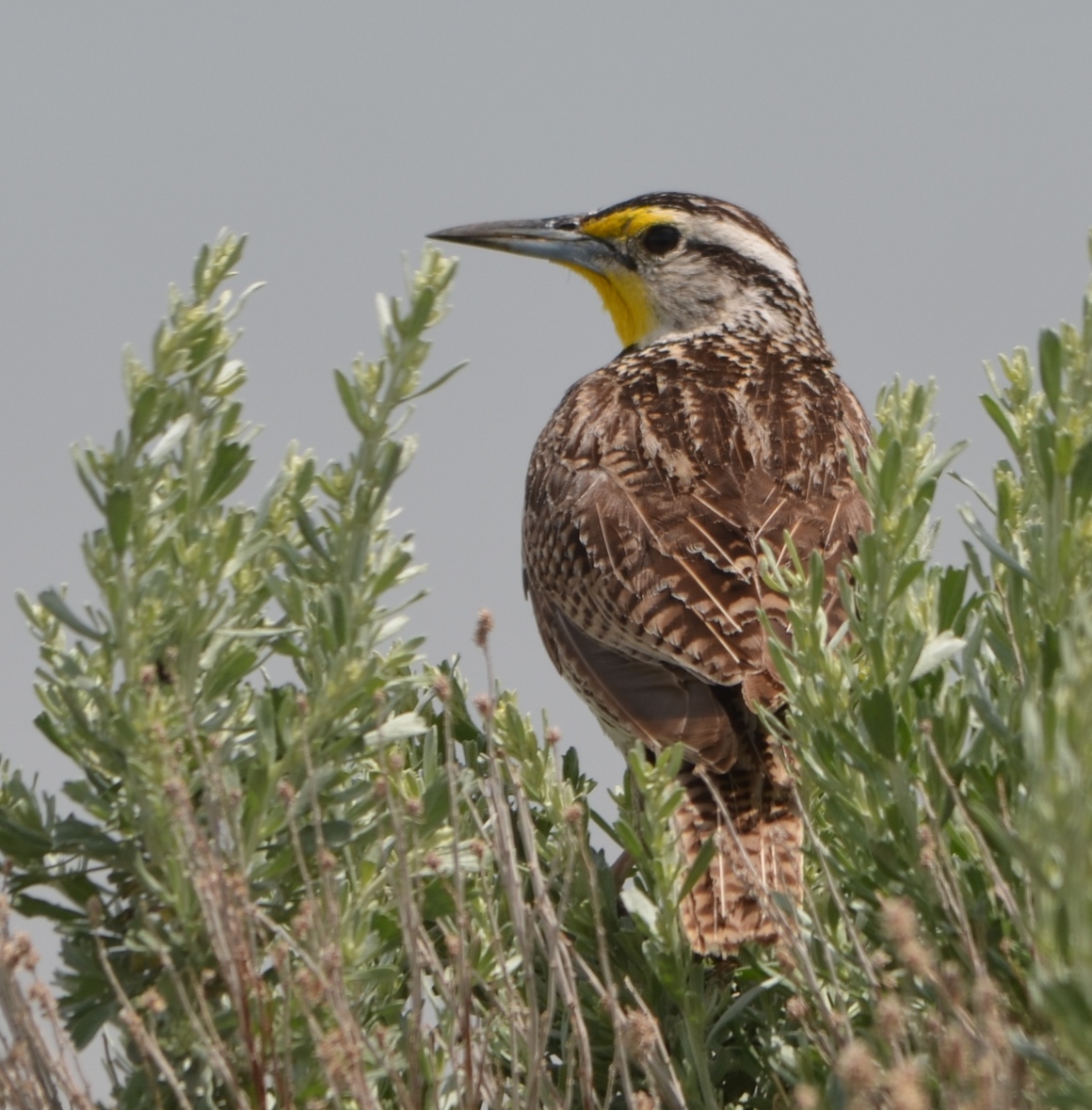
Deborah and I went on a great bike ride and along the way I spied what might have been a lifer for me. Later we ventured back out with the car and gear and after some searching and waiting there it was, confirming my first ever Sage Thrasher.
It was nice enough to pop up proudly for us for some nice looks.
It was nice enough to pop up proudly for us for some nice looks.
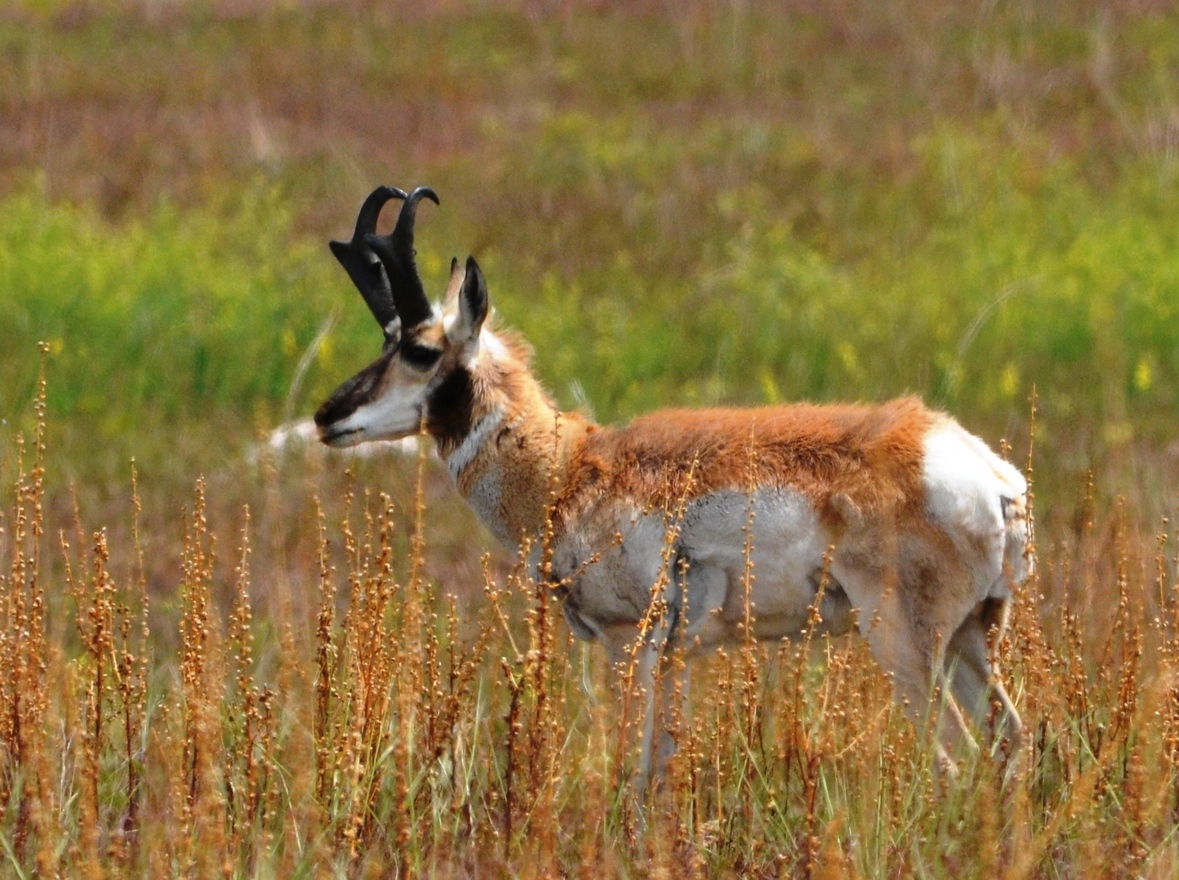
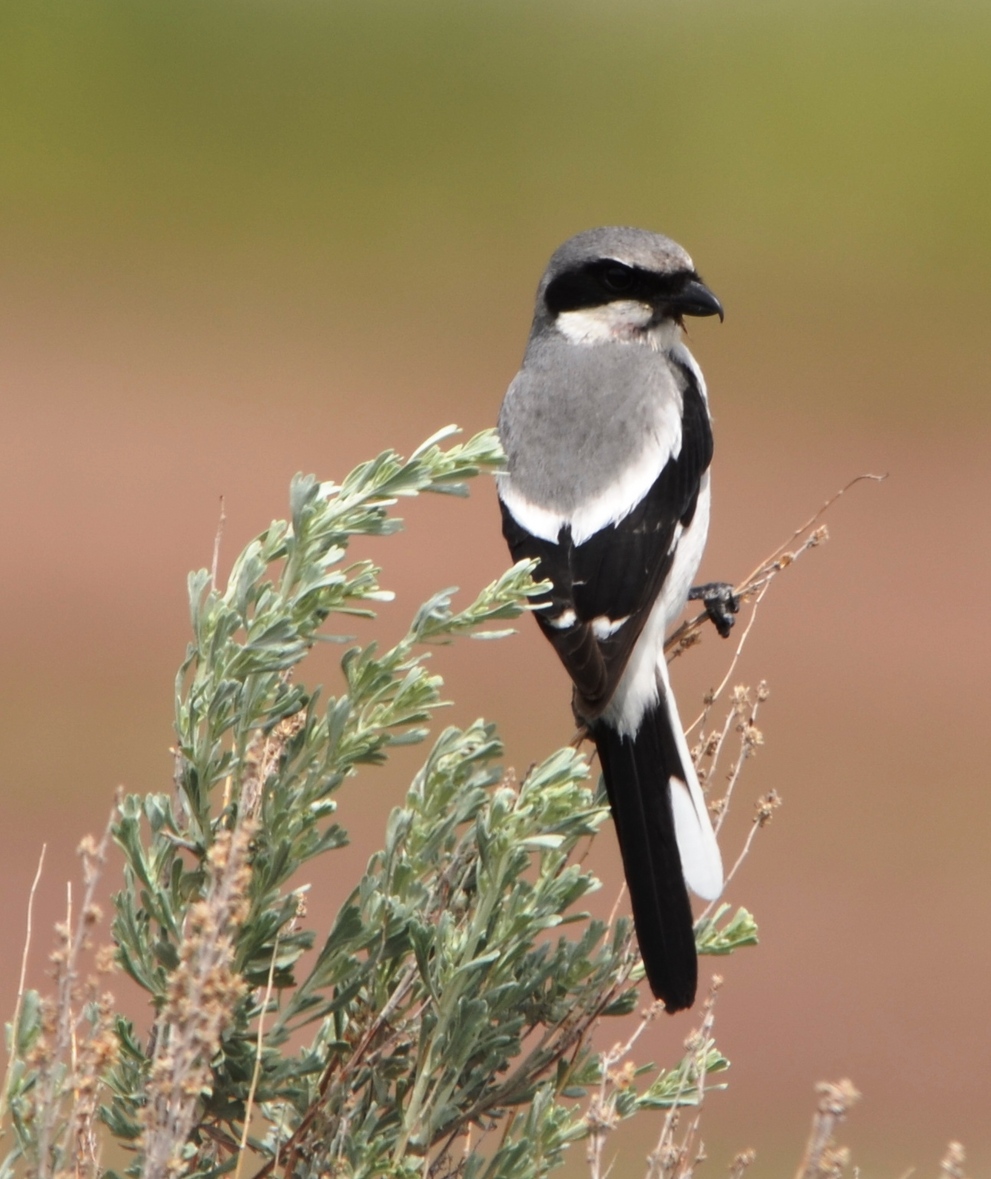
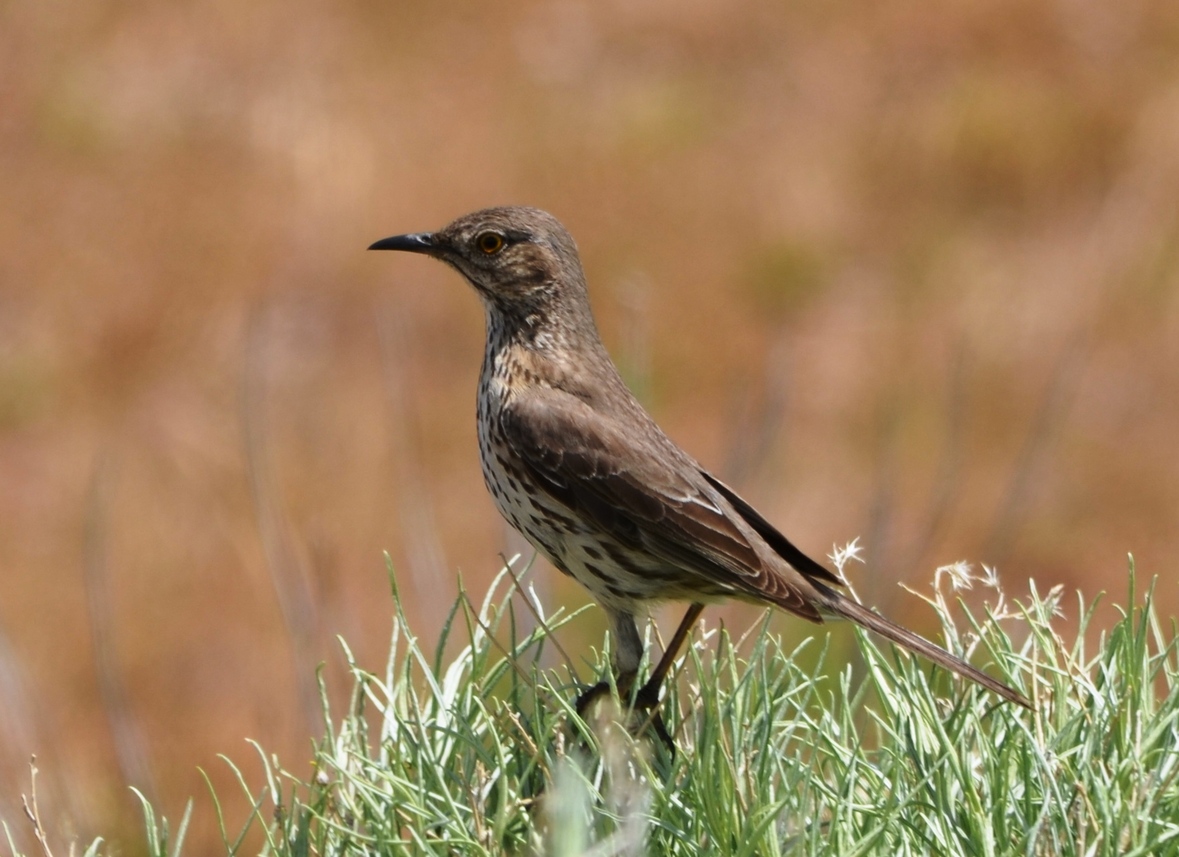
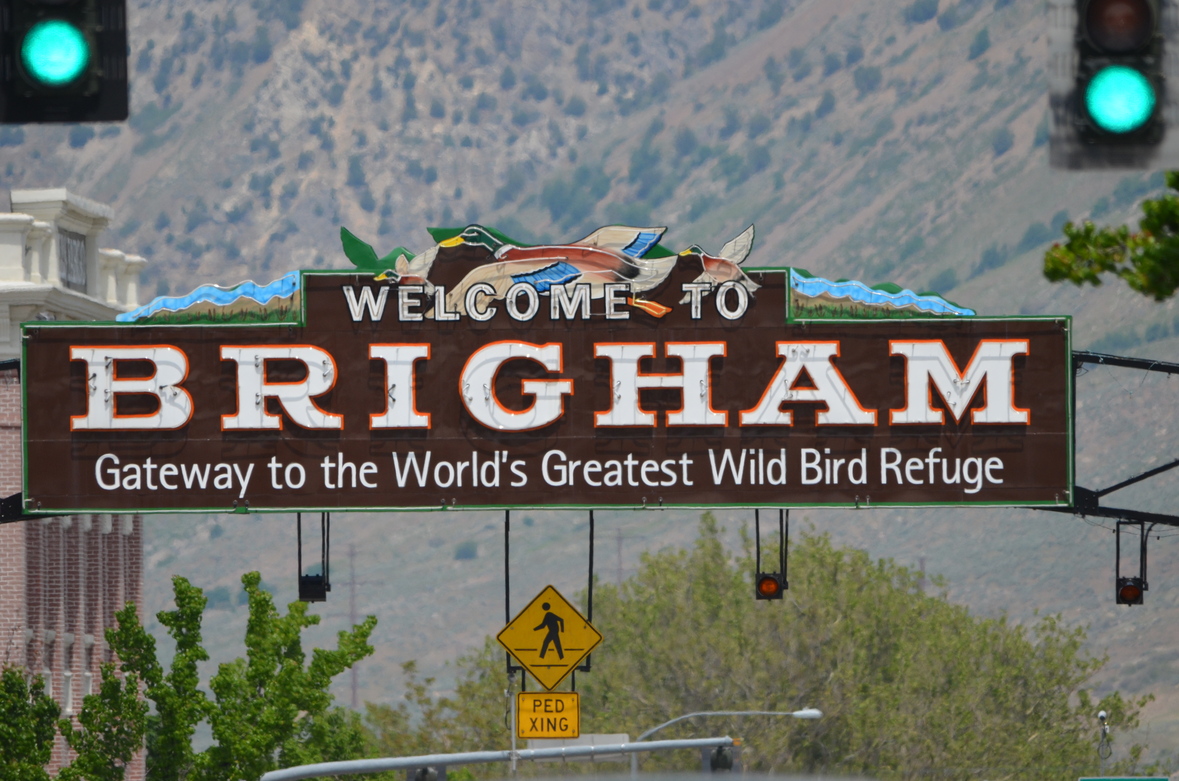
Via Birdingpals.com Bill from town escorted me to Bear River Migratory Bird Refuge.
A self proclaimed "World's Greatest" reminiscent of so many hamburger joints we have seen across the country.
A self proclaimed "World's Greatest" reminiscent of so many hamburger joints we have seen across the country.
Birding from the car was the primary order of the day with a 10mile loop perfectly suited for it. We even saw a huge lens and camera mounted on a swivel on the window sill of a car. Much better than wrestling one of those beasts around!
Next to the visitors center I caught this hovering Forster’s Tern preparing to pounce on it’s next meal.
White-faced Ibis were abundant here and happy to show off their iridescent colors.
Next to the visitors center I caught this hovering Forster’s Tern preparing to pounce on it’s next meal.
White-faced Ibis were abundant here and happy to show off their iridescent colors.
We've never seen anything like this.
You gotta luv it!
You gotta luv it!
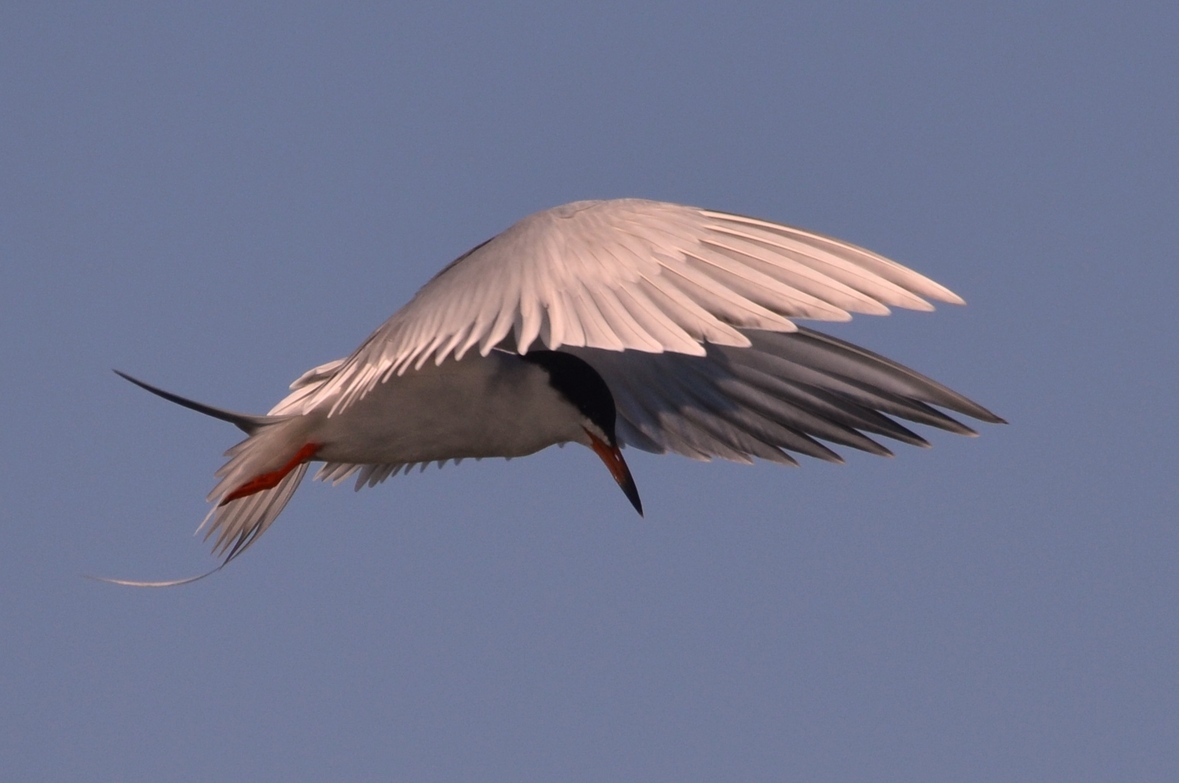
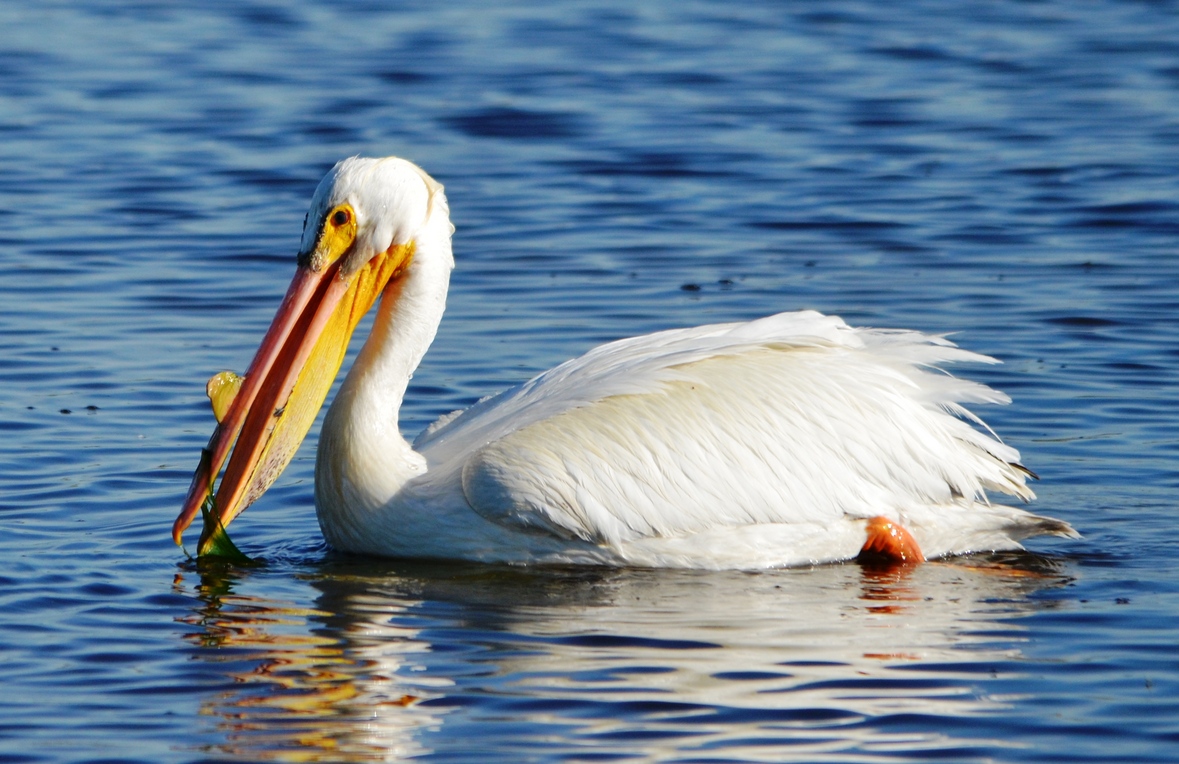
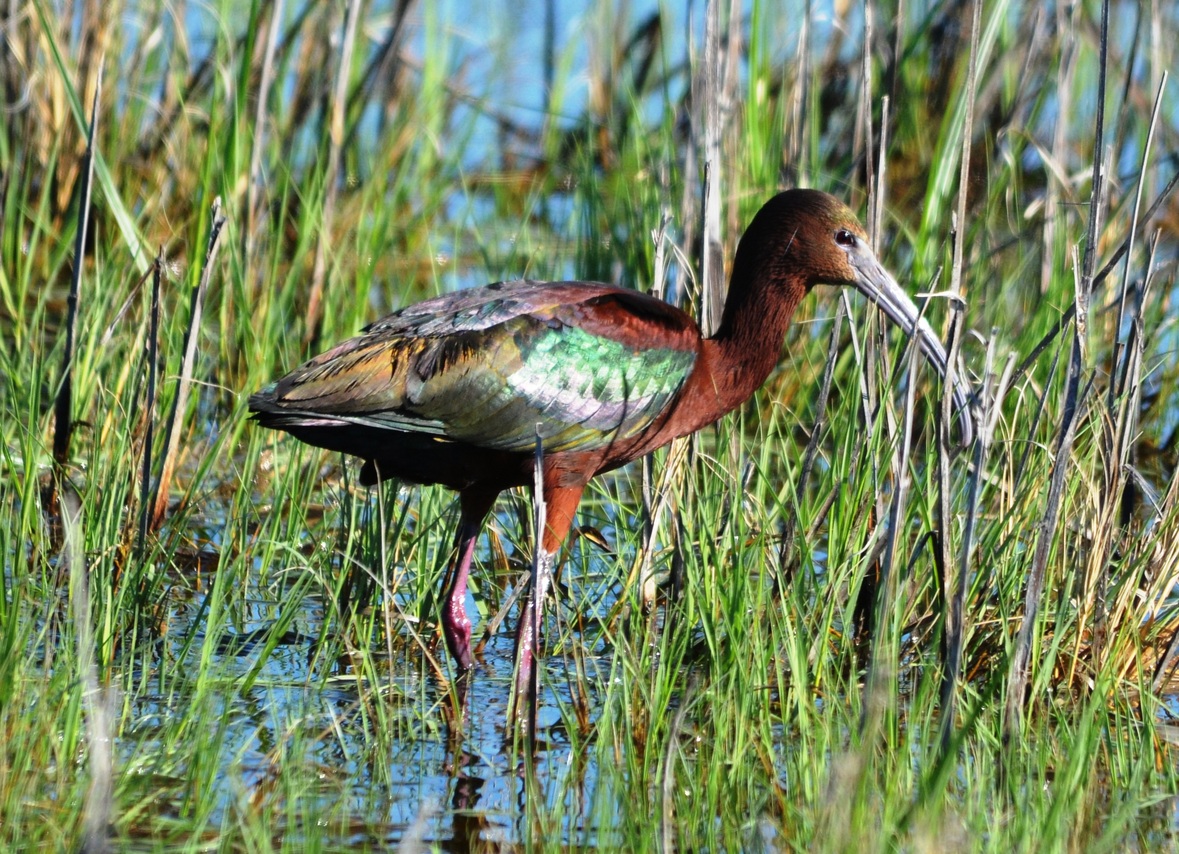
A Carp rolled around the shallows for us.
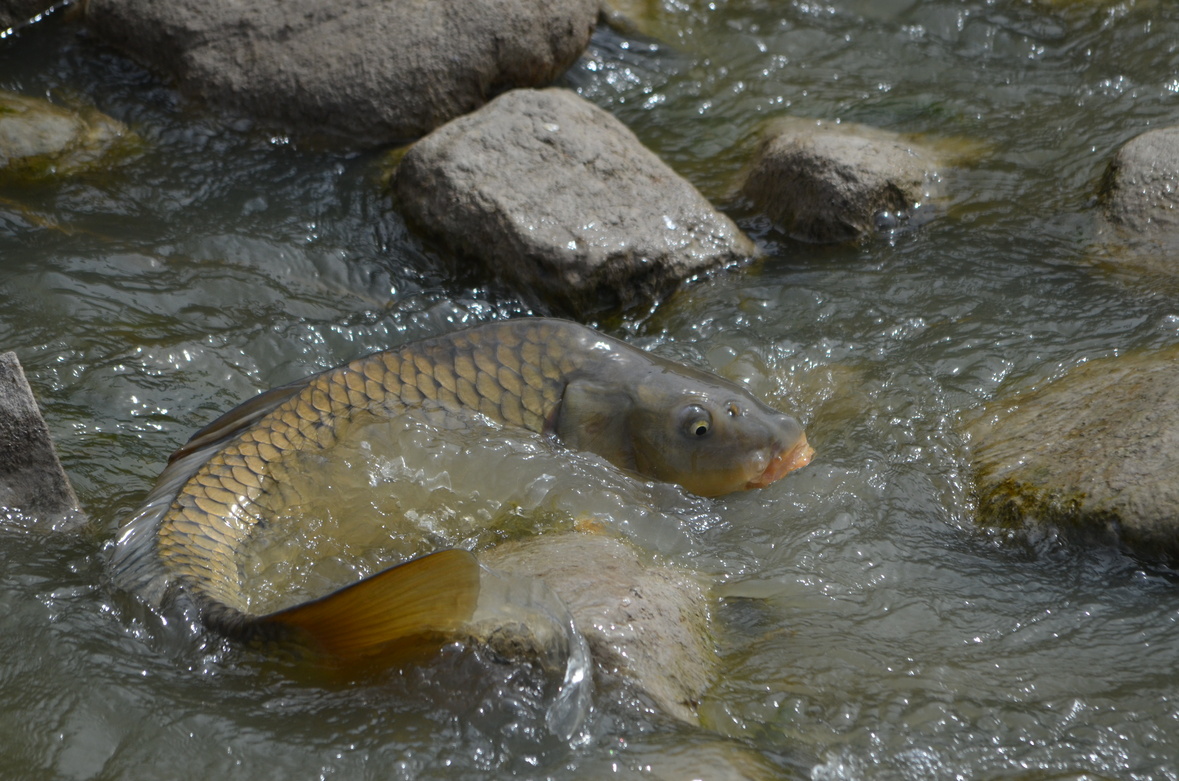
Black-necked Stilts were performing a most interesting dance.
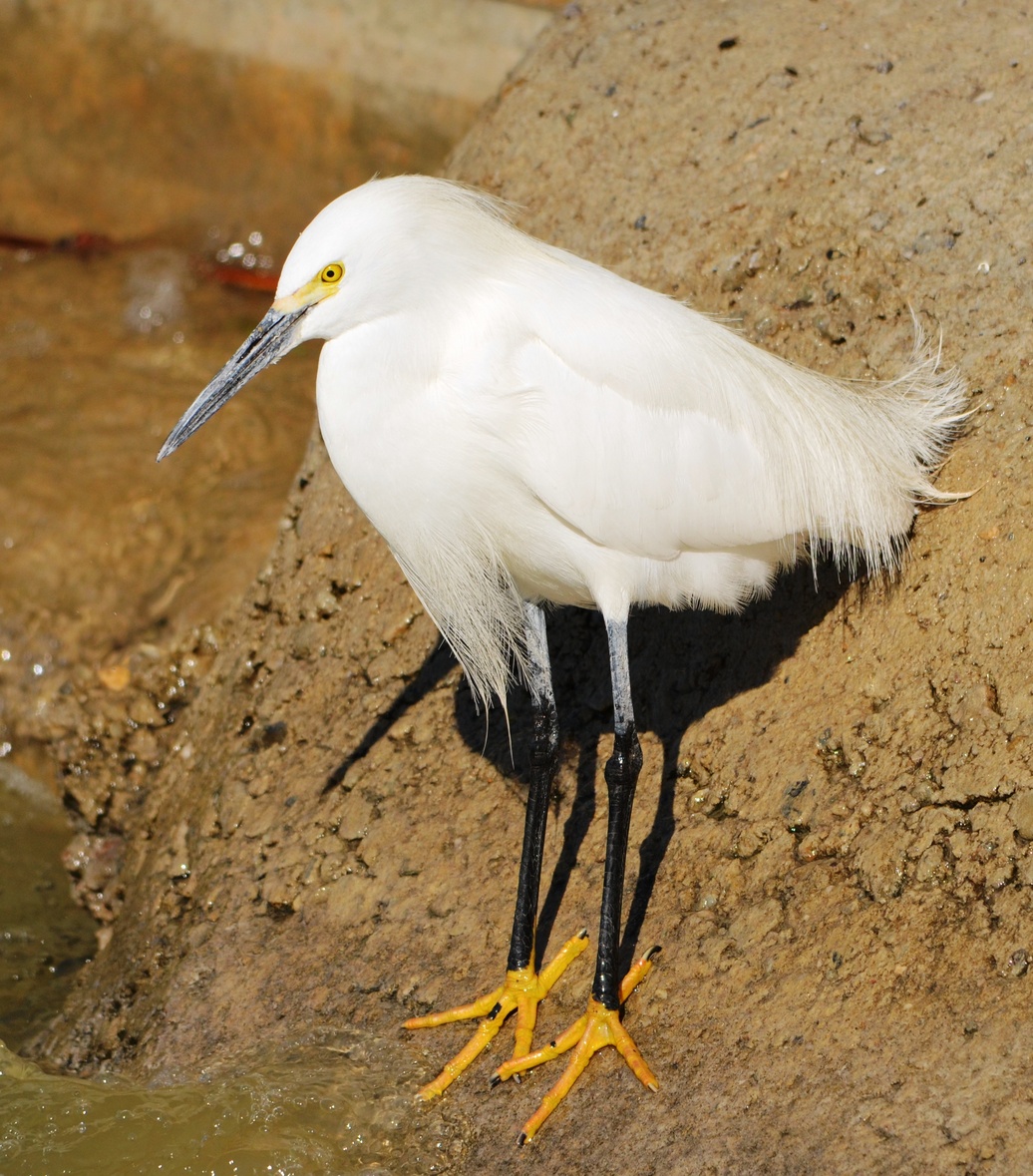
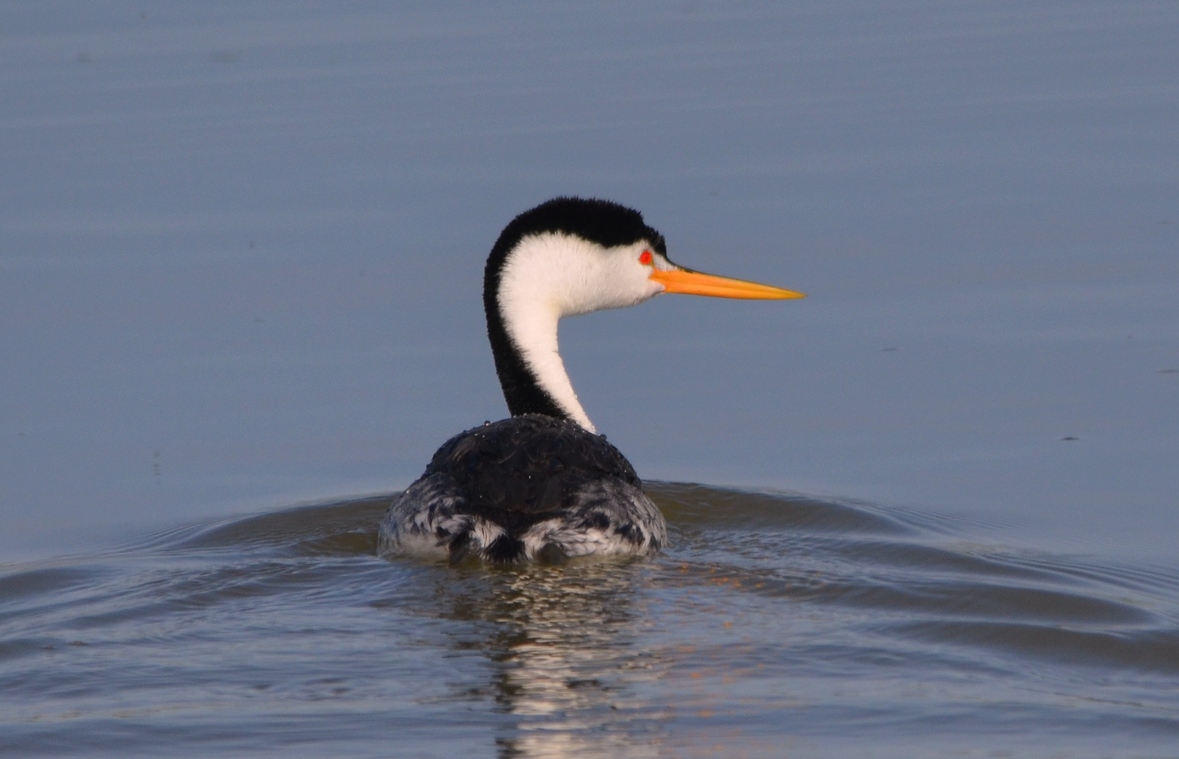
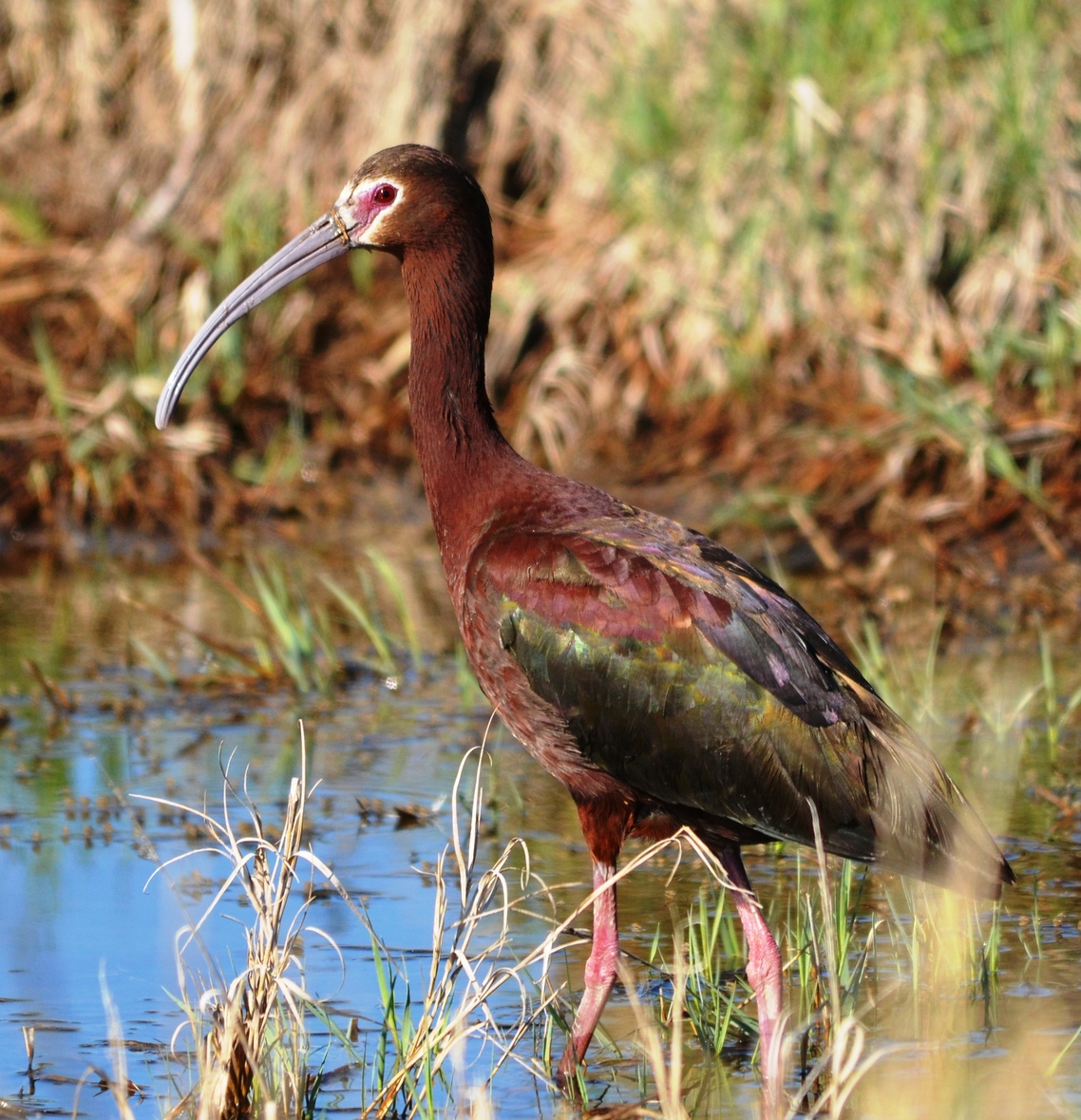
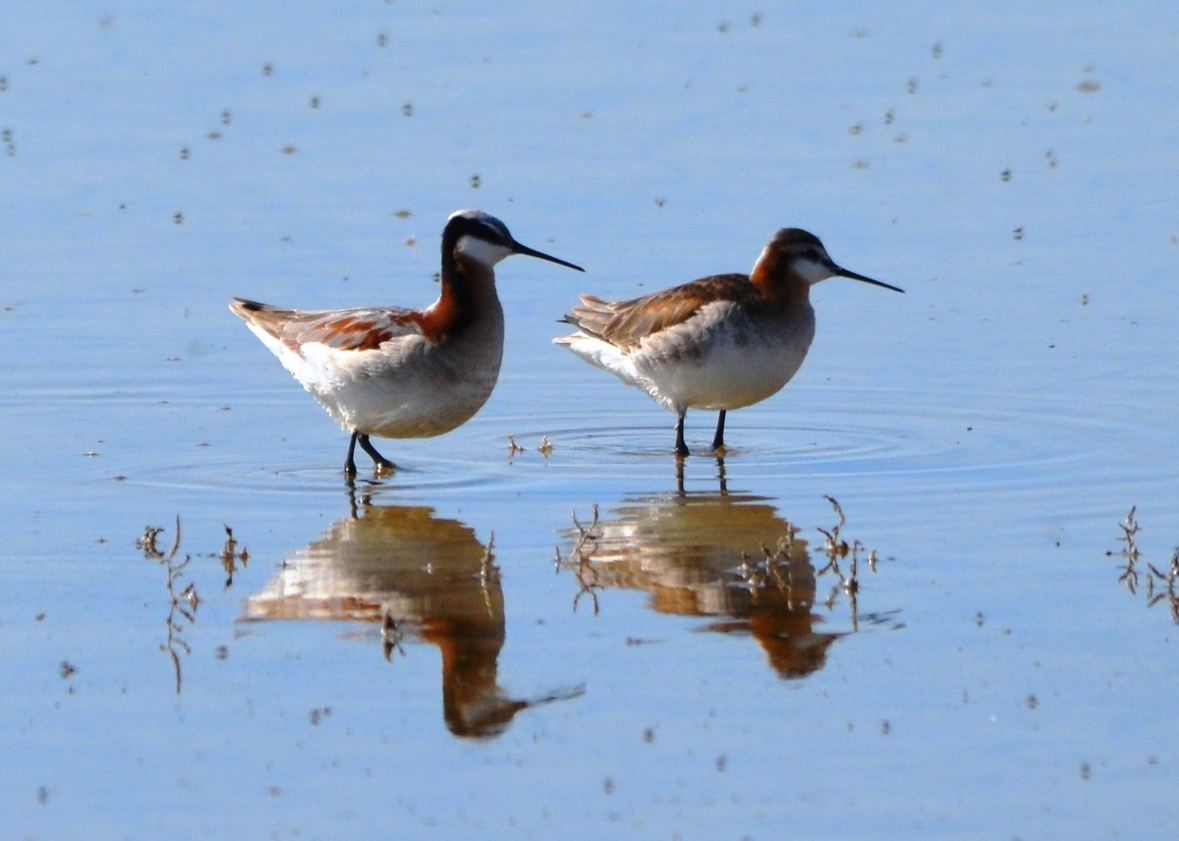
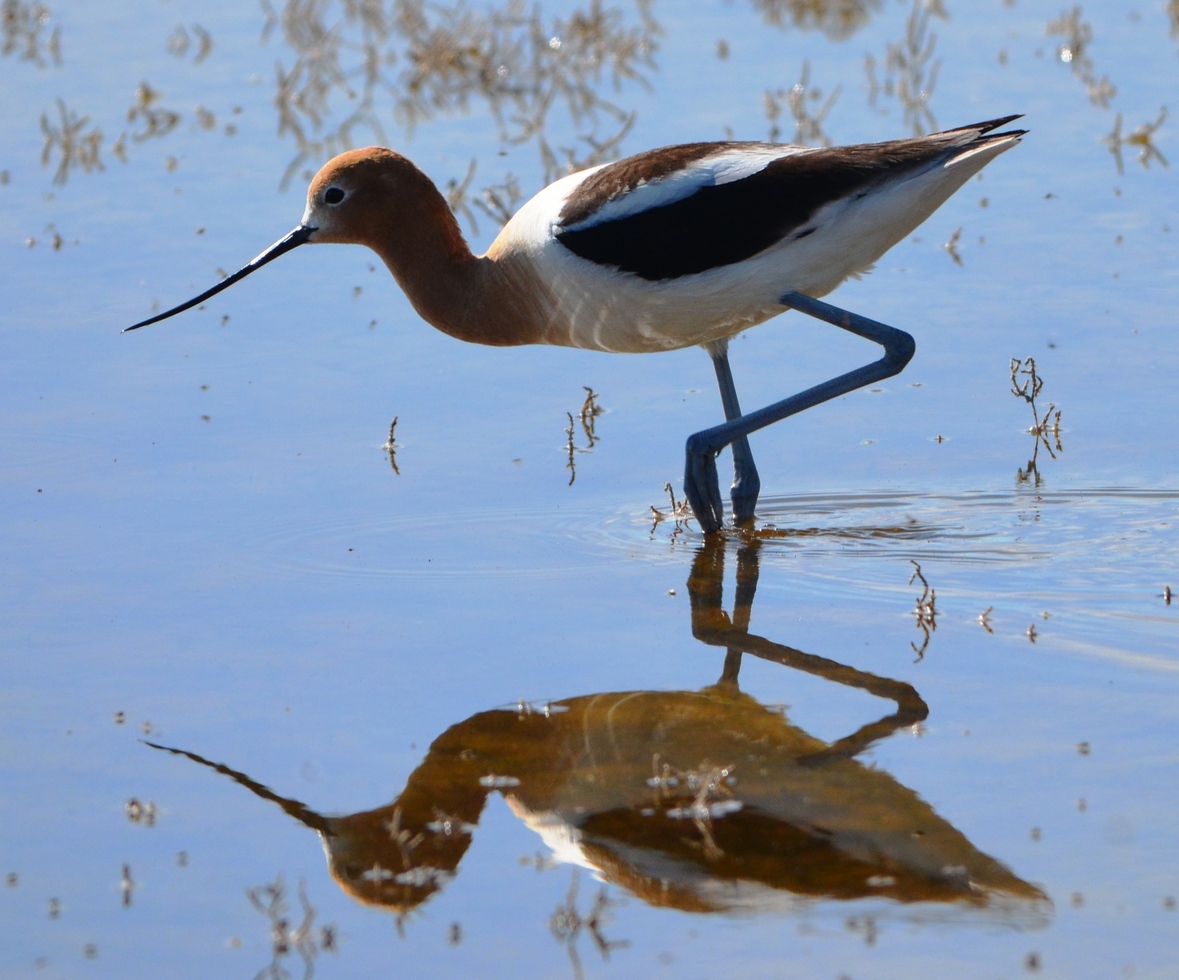

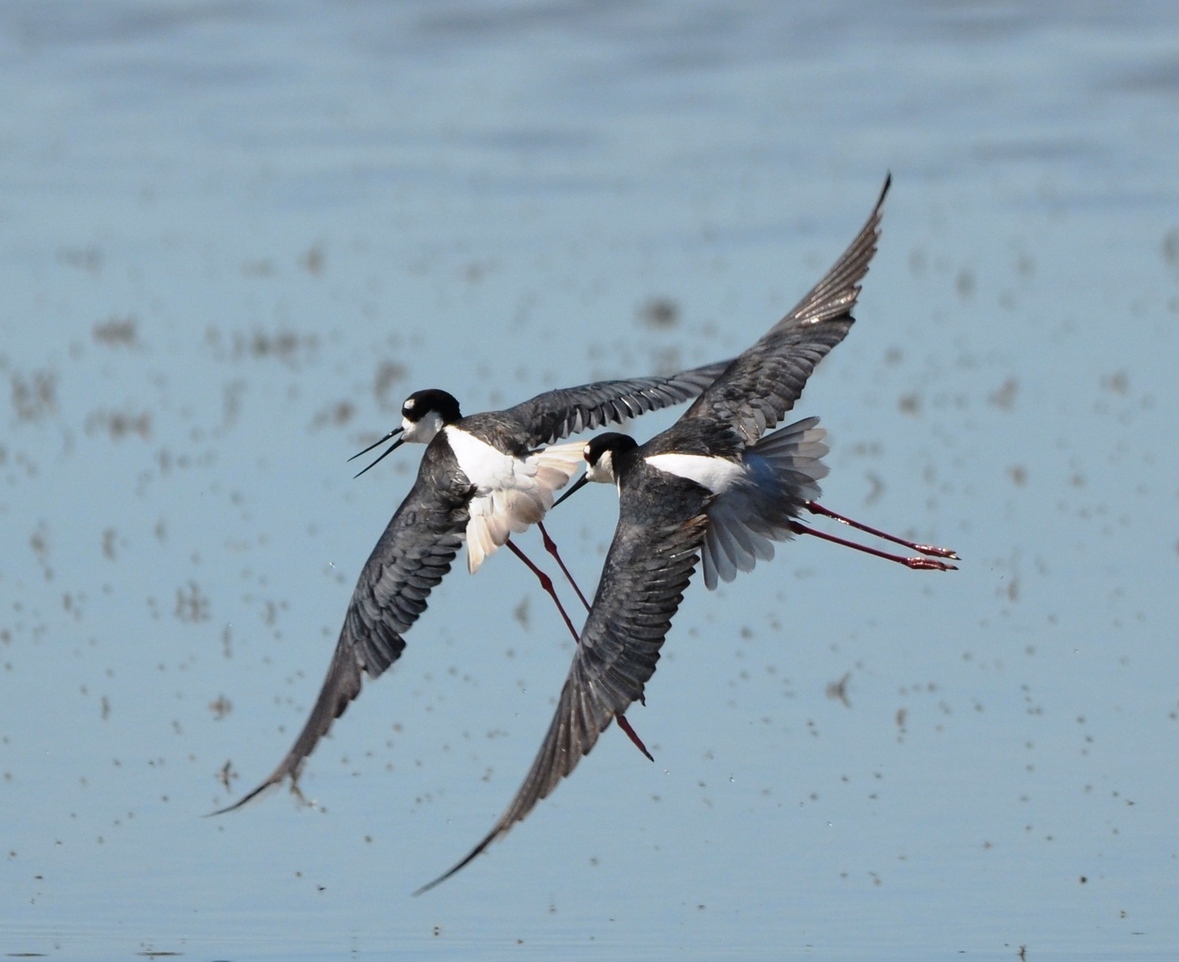
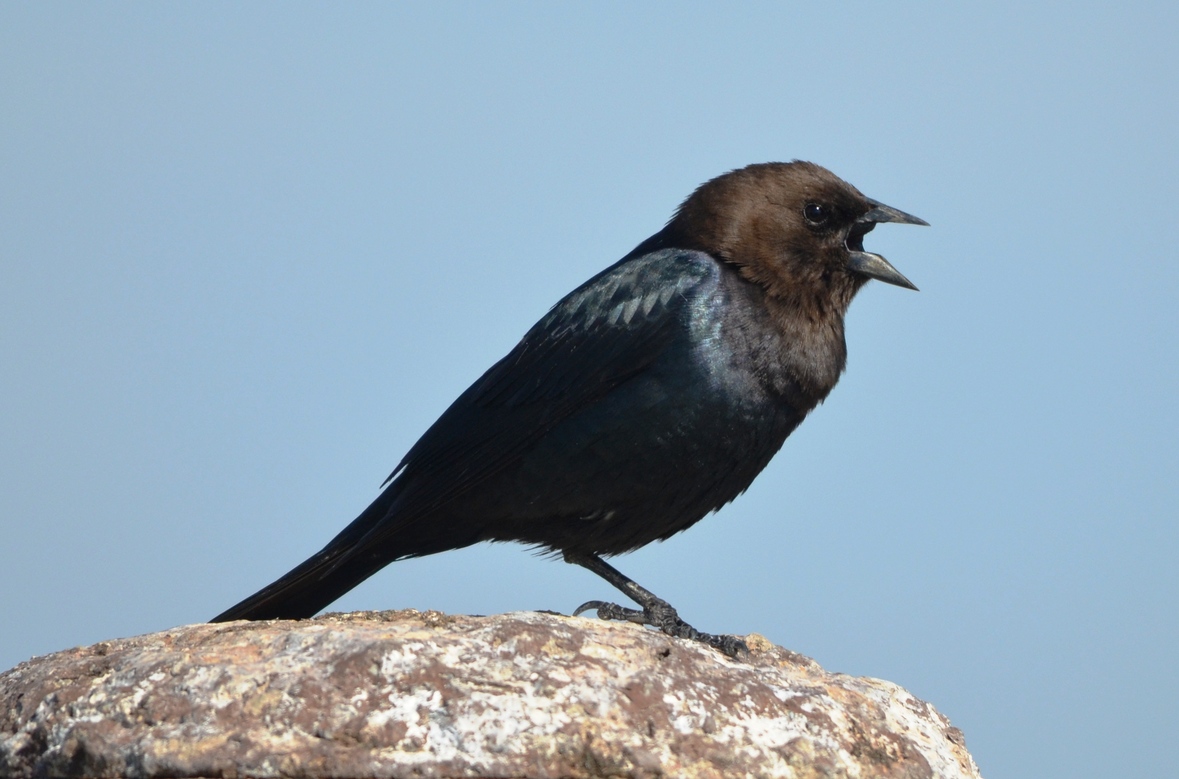
The most abundant birds here were the Cliff Swallows. For some reason I found it humorous that these "Cliff" Swallows nested in the highest structures available to them which were all of 2-3’ concrete bridges across the canals.
And a food source was not lacking...
And a food source was not lacking...
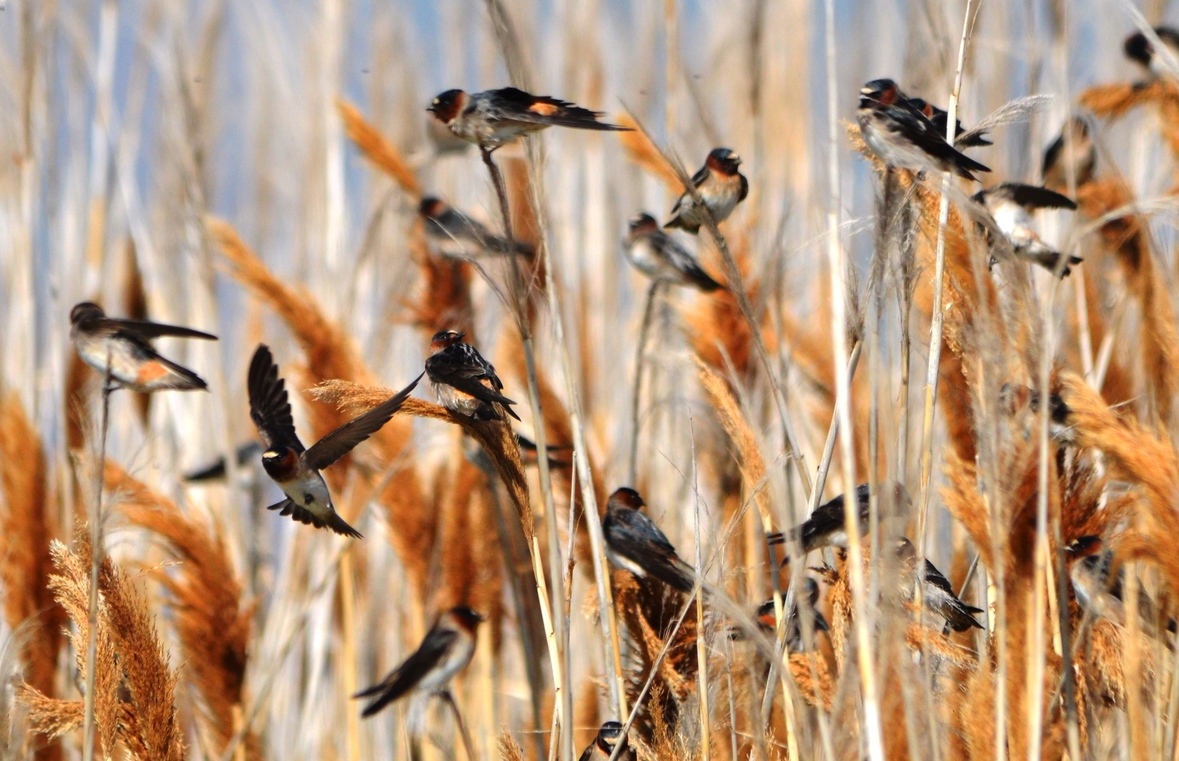
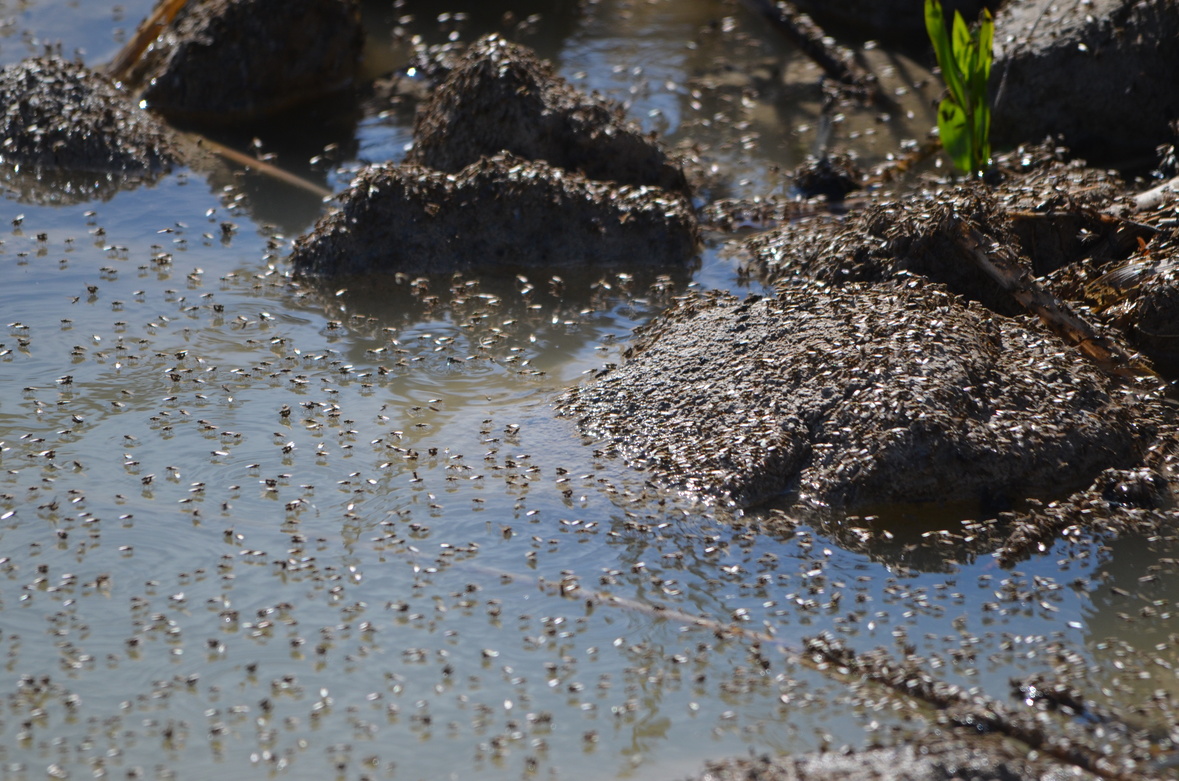
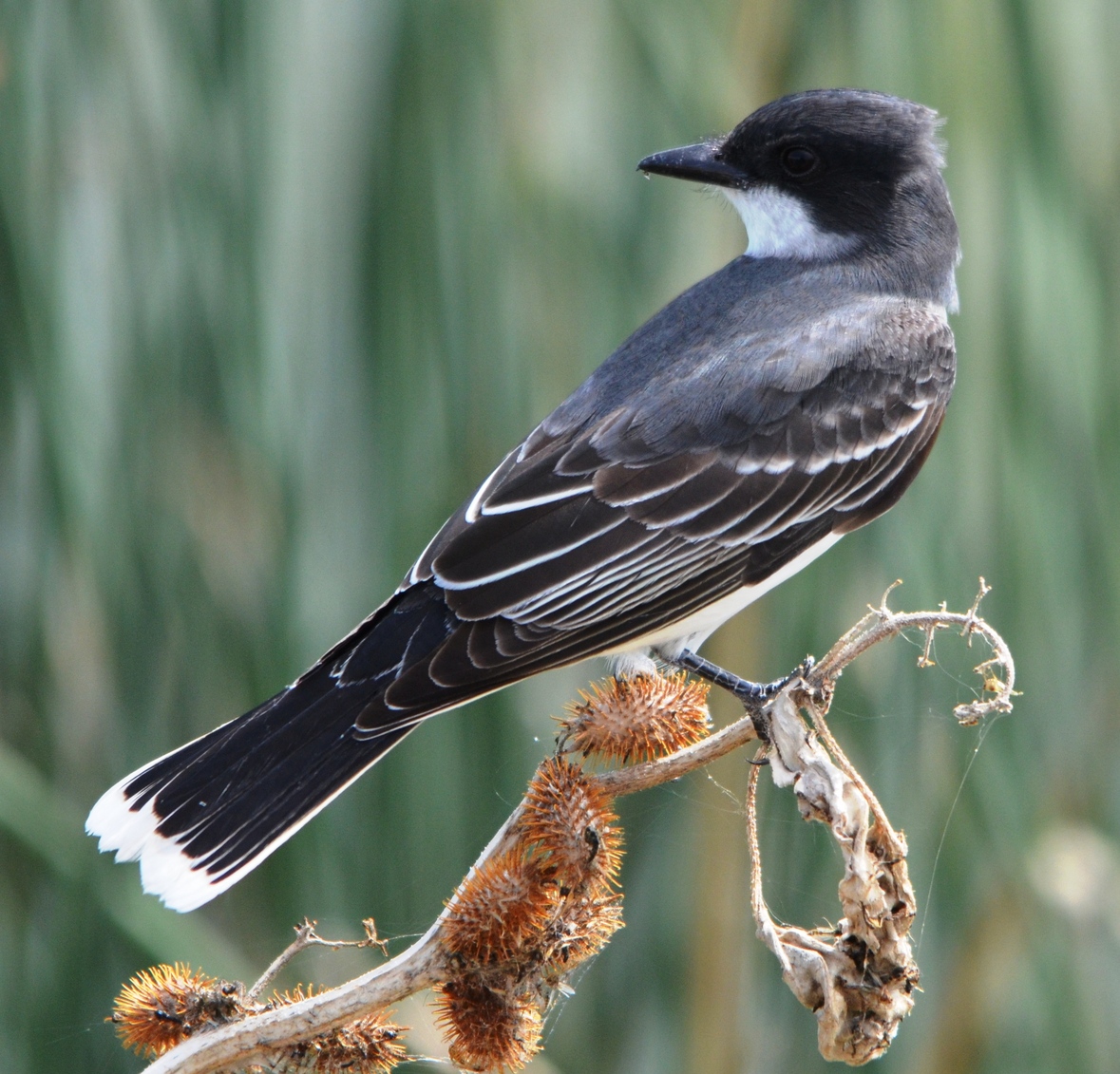
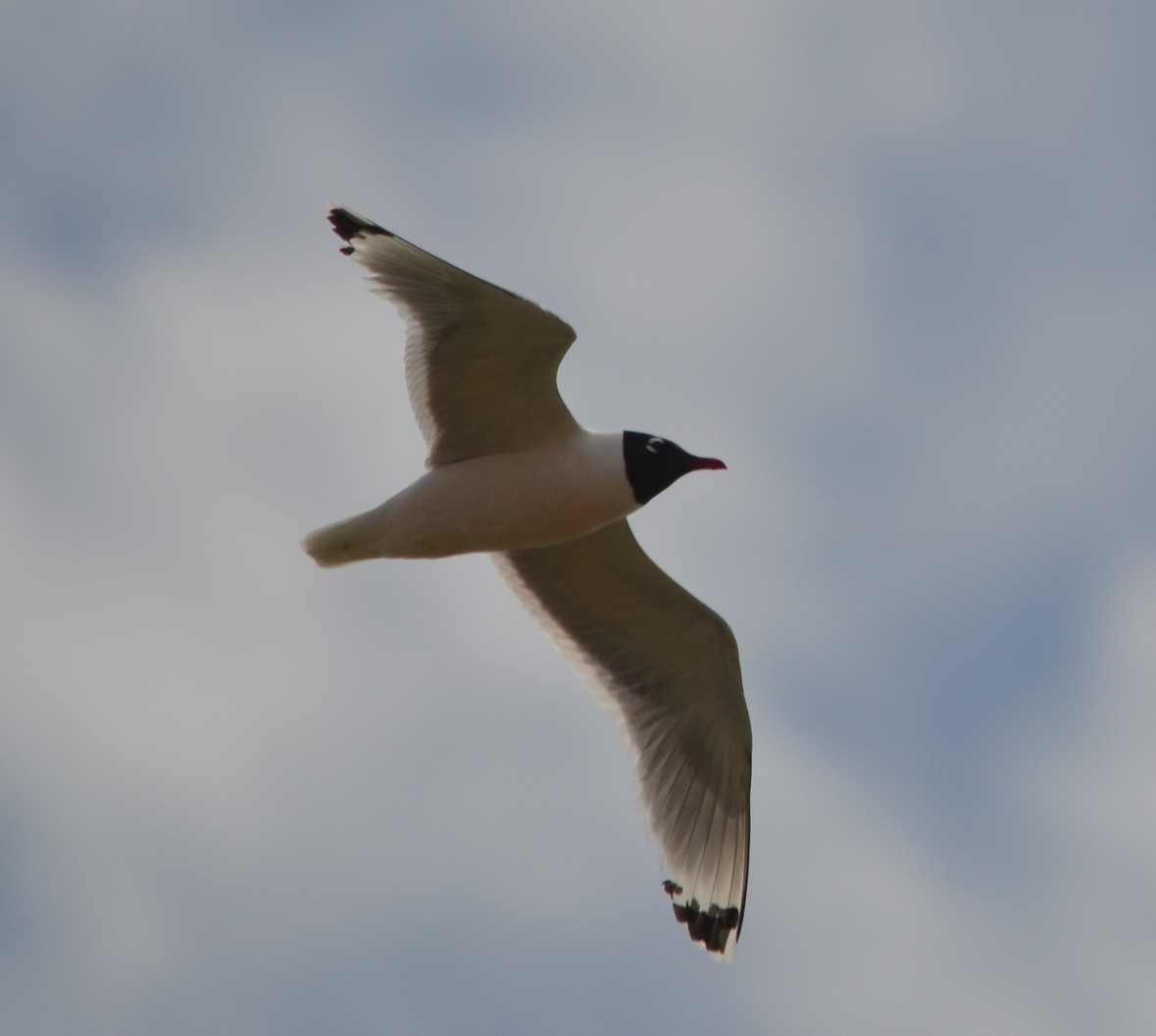
Franklin's Gulls were also added to the 2 year list.
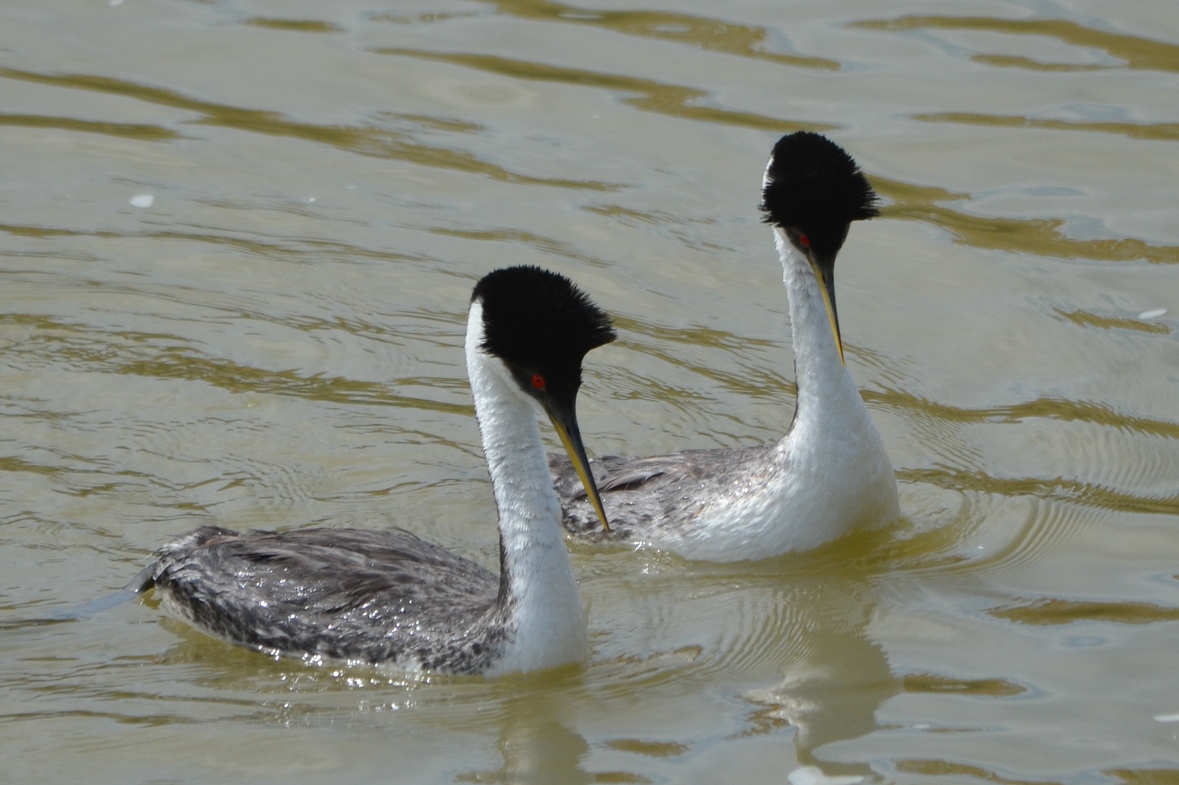
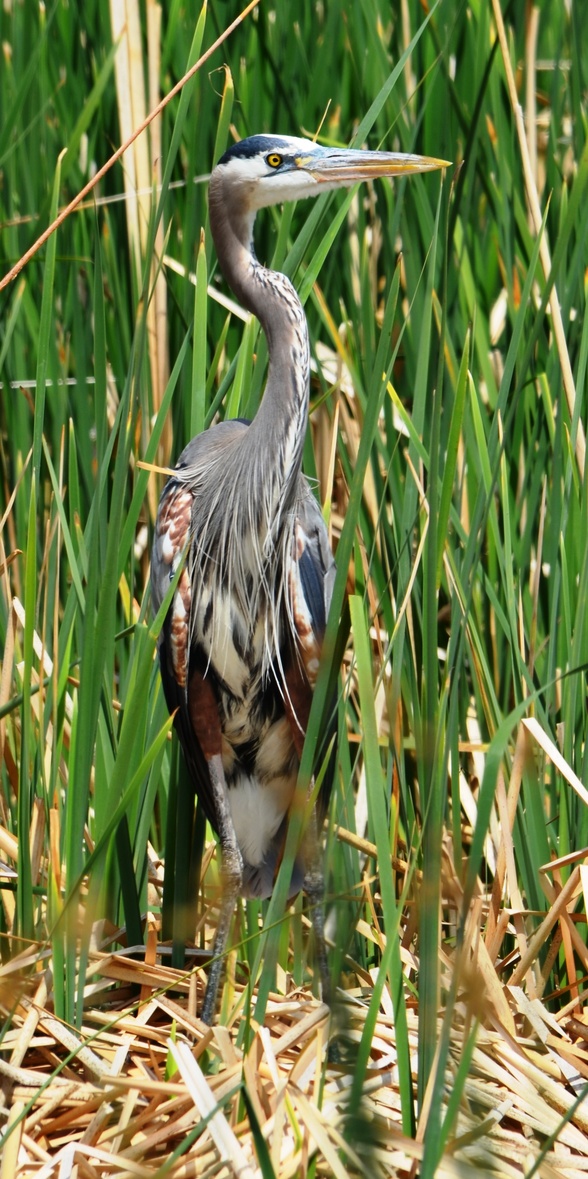
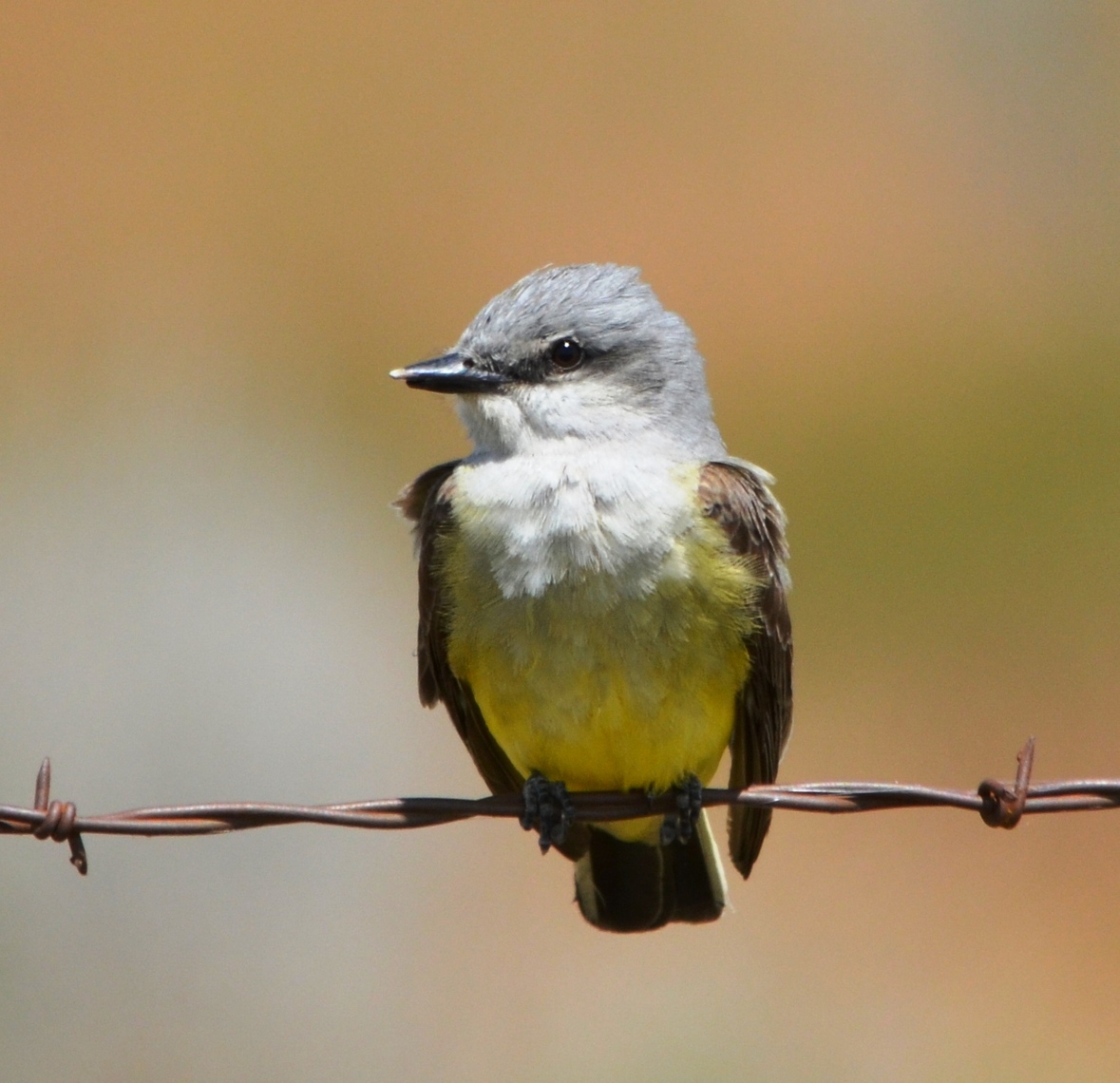
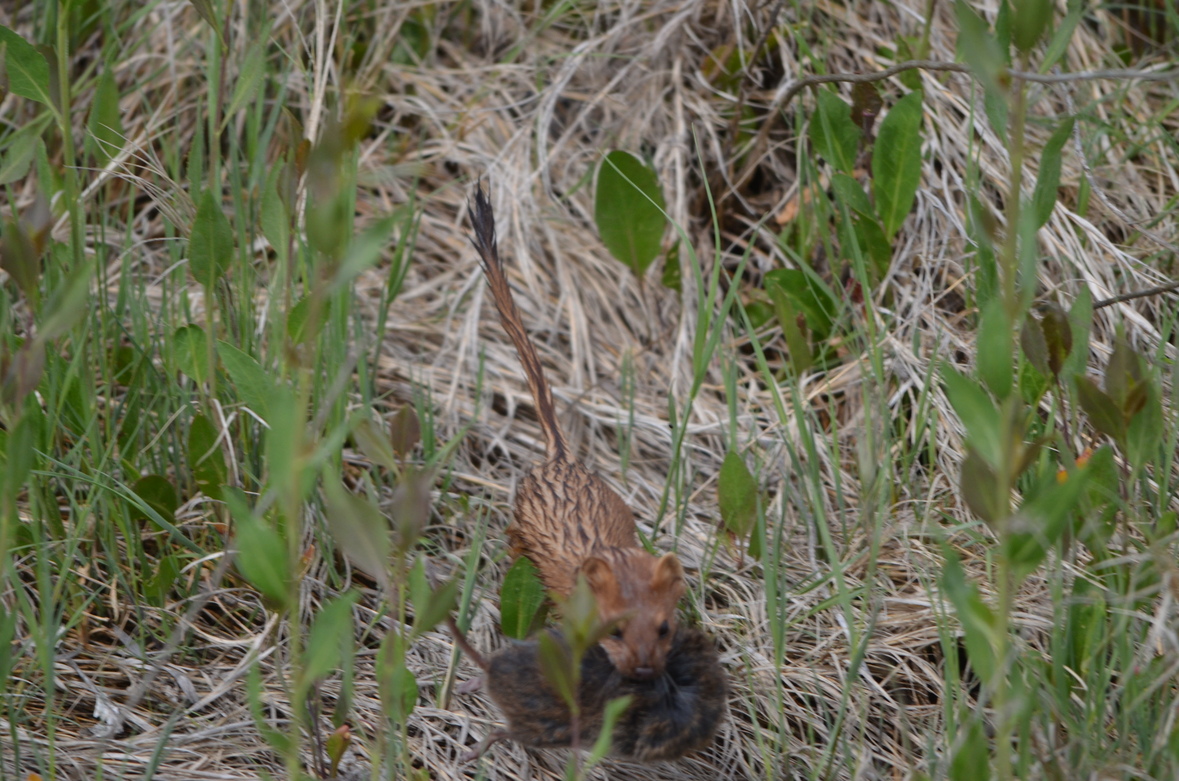
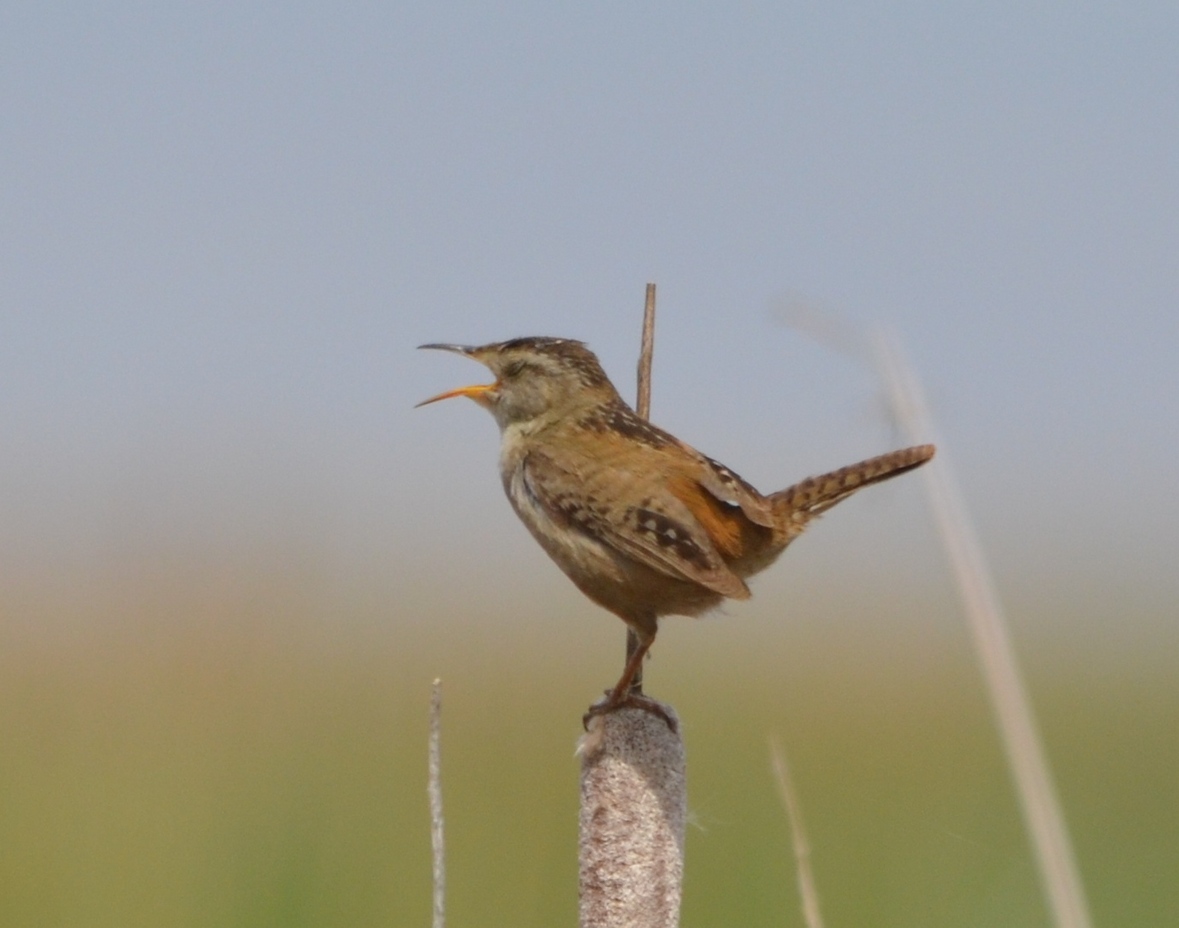
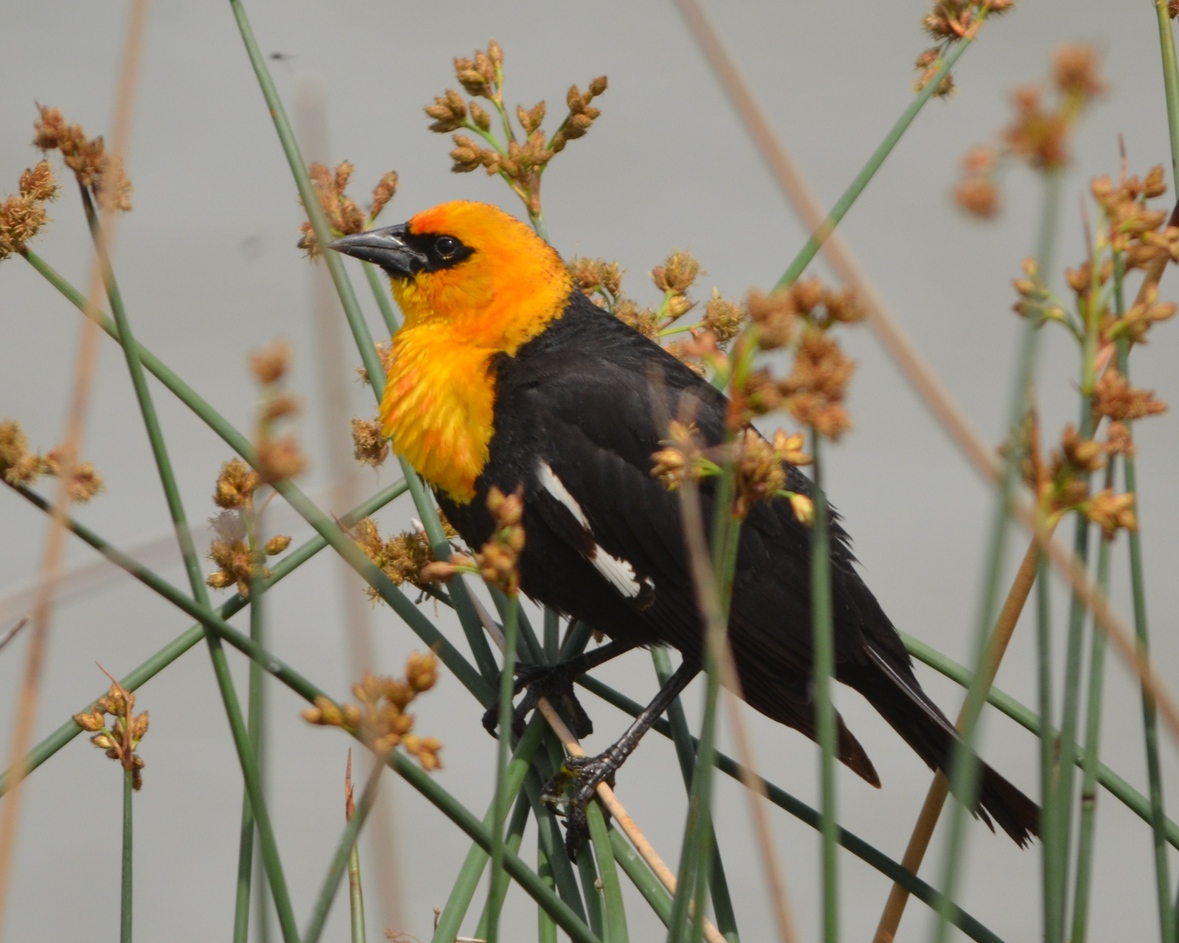
Rock Wren
Bell's Vireo
Greater Roadrunner
White-winged Dove
Chukar
Swainson's Hawk
Brewer's Blackbird
Jack the Rabbit
California Gulls
Pronghorn Antelope - Antelope Island, UT
Western Meadowlark
Loggerhead Shrike
American White Pelican
Snowy Egret with its trademark yellow feet
Clark's Grebe with its trademark "Eye-in-white"
A whiter-faced White Faced Ibis
Wilson's Phalarope (FO2Y).
Notice the bugs in many of these pictures. There were millions of them... but at least they weren't biting!
Notice the bugs in many of these pictures. There were millions of them... but at least they weren't biting!
American Avocet
Brown-headed Cowbird
Cliff Swallows
Did I mention the bugs?!
Eastern Kingbird
Courting Western Grebes
2 Kingbirds today...
This one a Western
This one a Western
A proudly colored Great Blue Heron
The ever-boisterous Marsh Wrens were all around the pond edges.
Barely caught this shot of a Brown Weasel with rodent
Yellow-headed Blackbird
We left Bridger Bay Campground on Antelope Island, Utah the 24th of May.
Bound next for Jackson Hole Wyoming and The Grand Teton National Park.
So far 448 different birds for 2012-13 with eight lifers this year.
Bound next for Jackson Hole Wyoming and The Grand Teton National Park.
So far 448 different birds for 2012-13 with eight lifers this year.